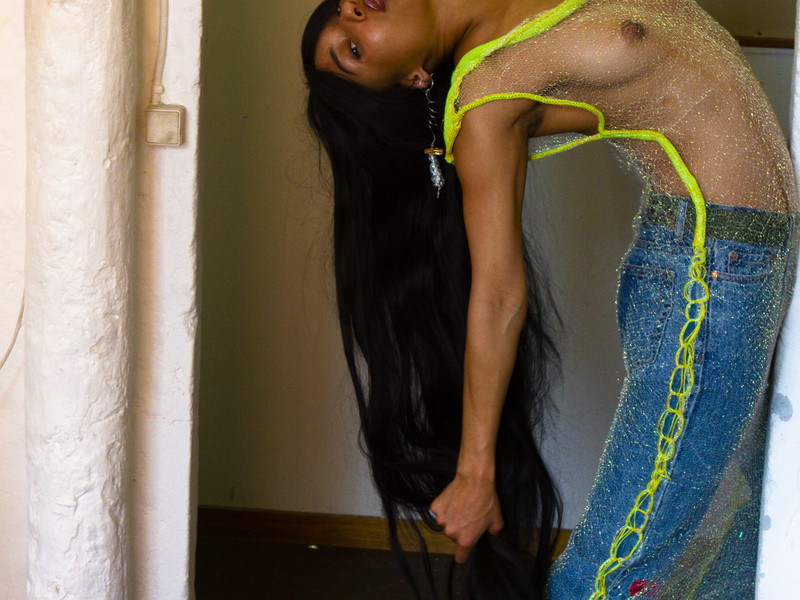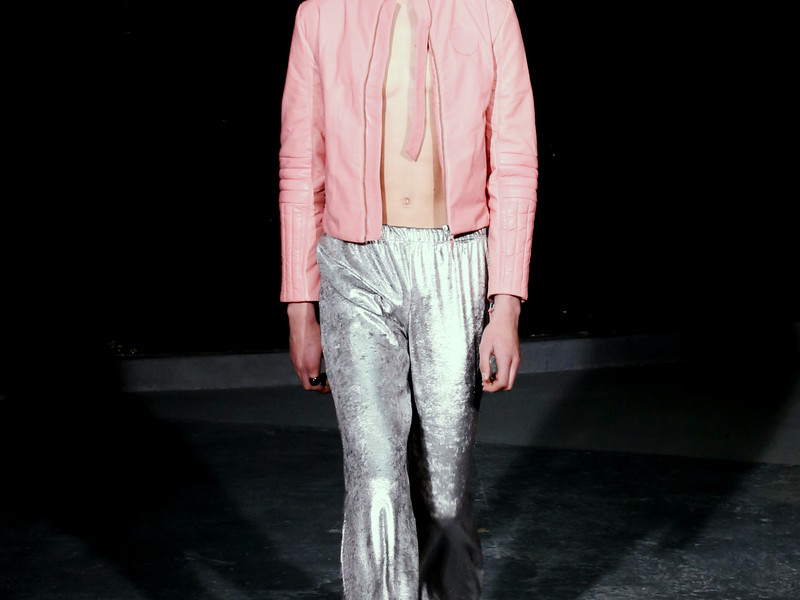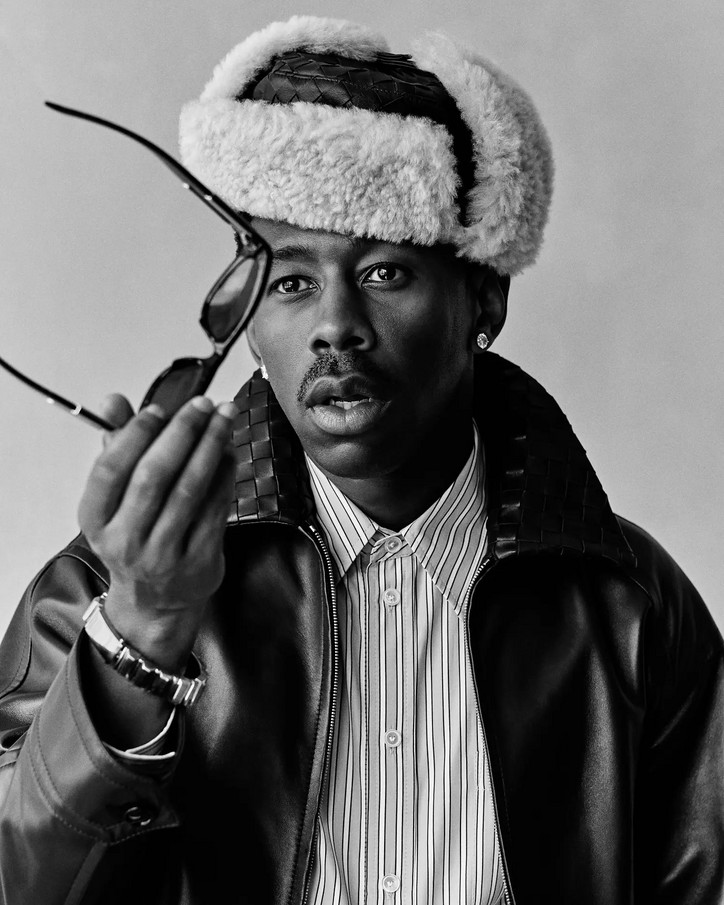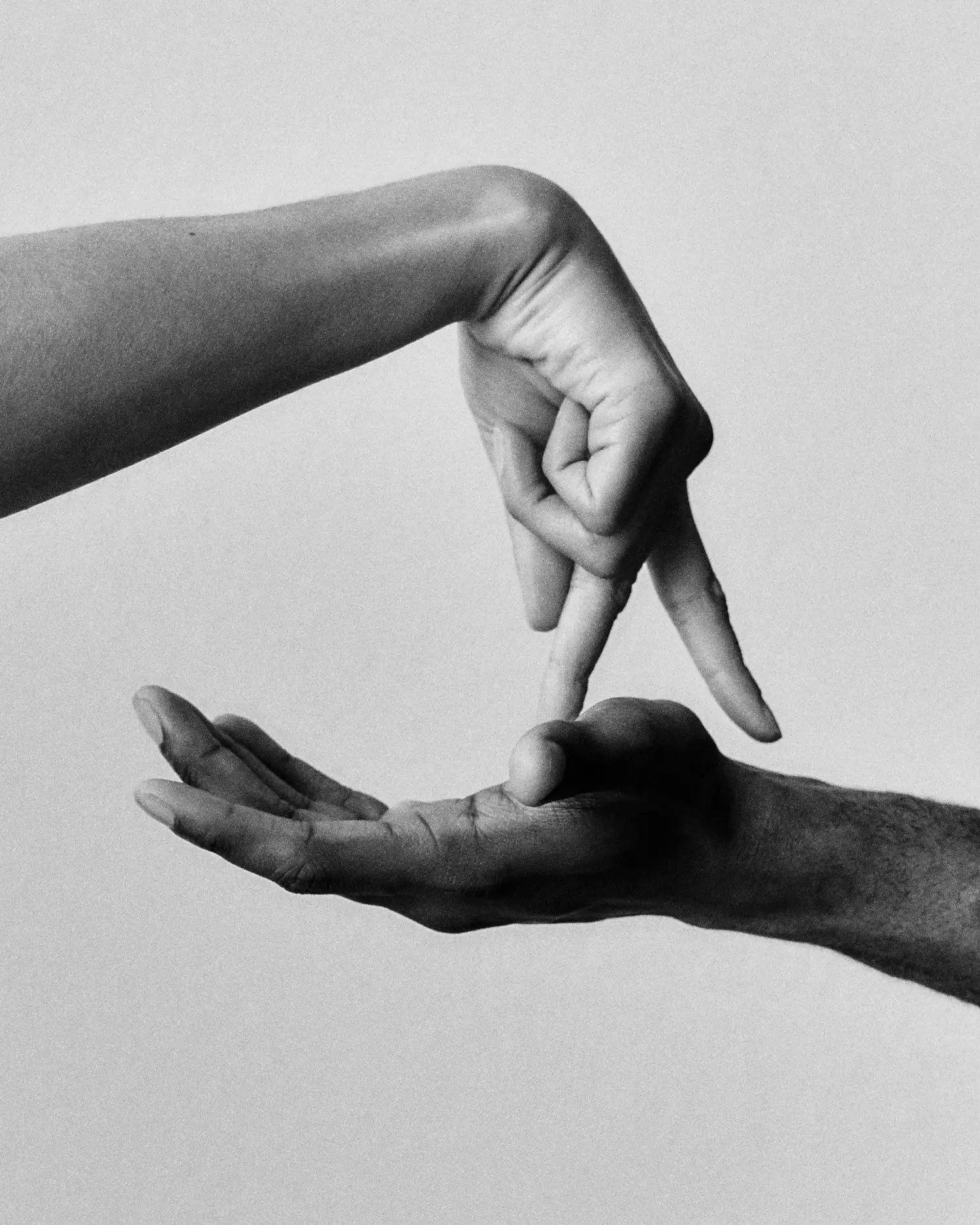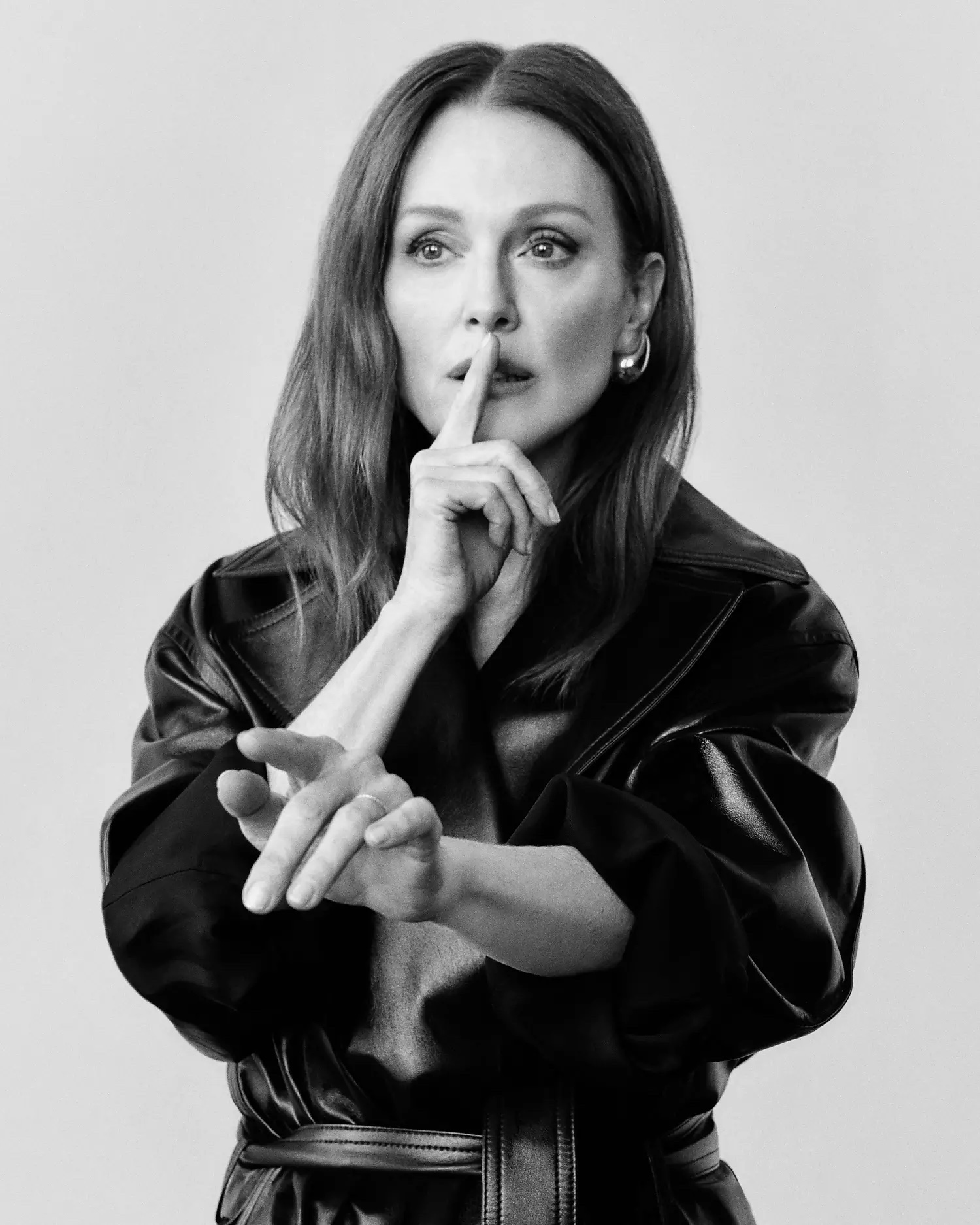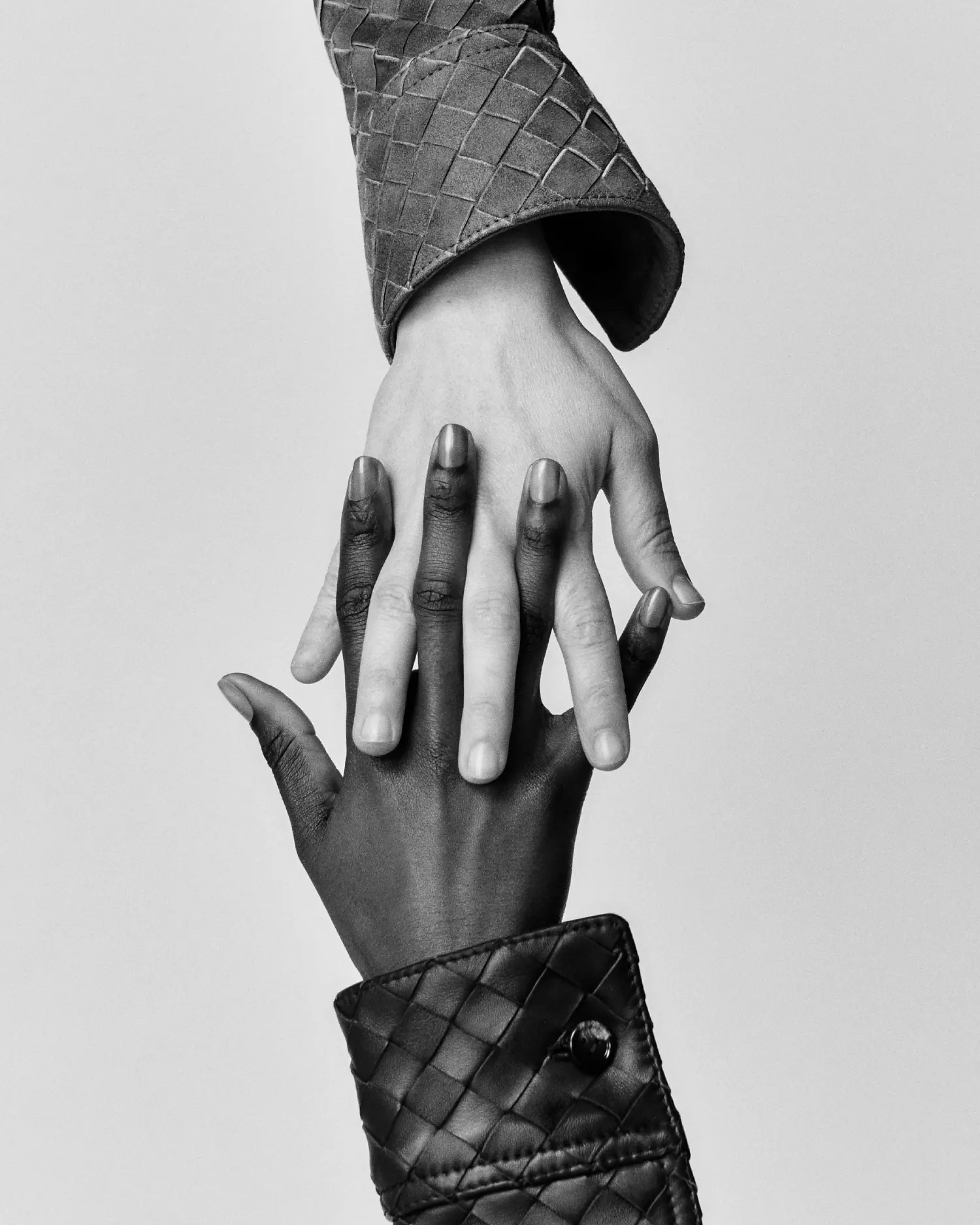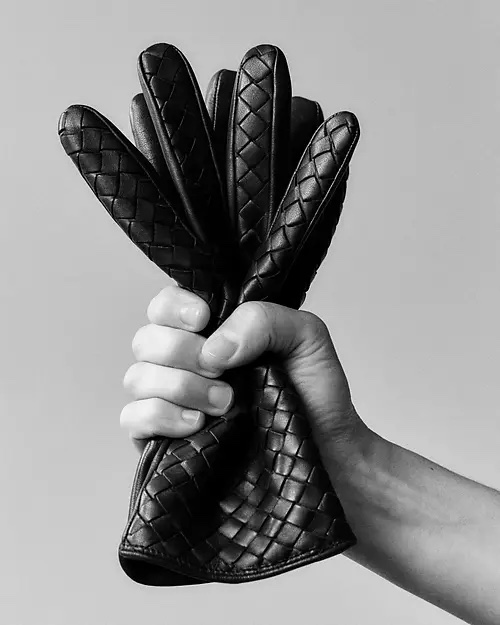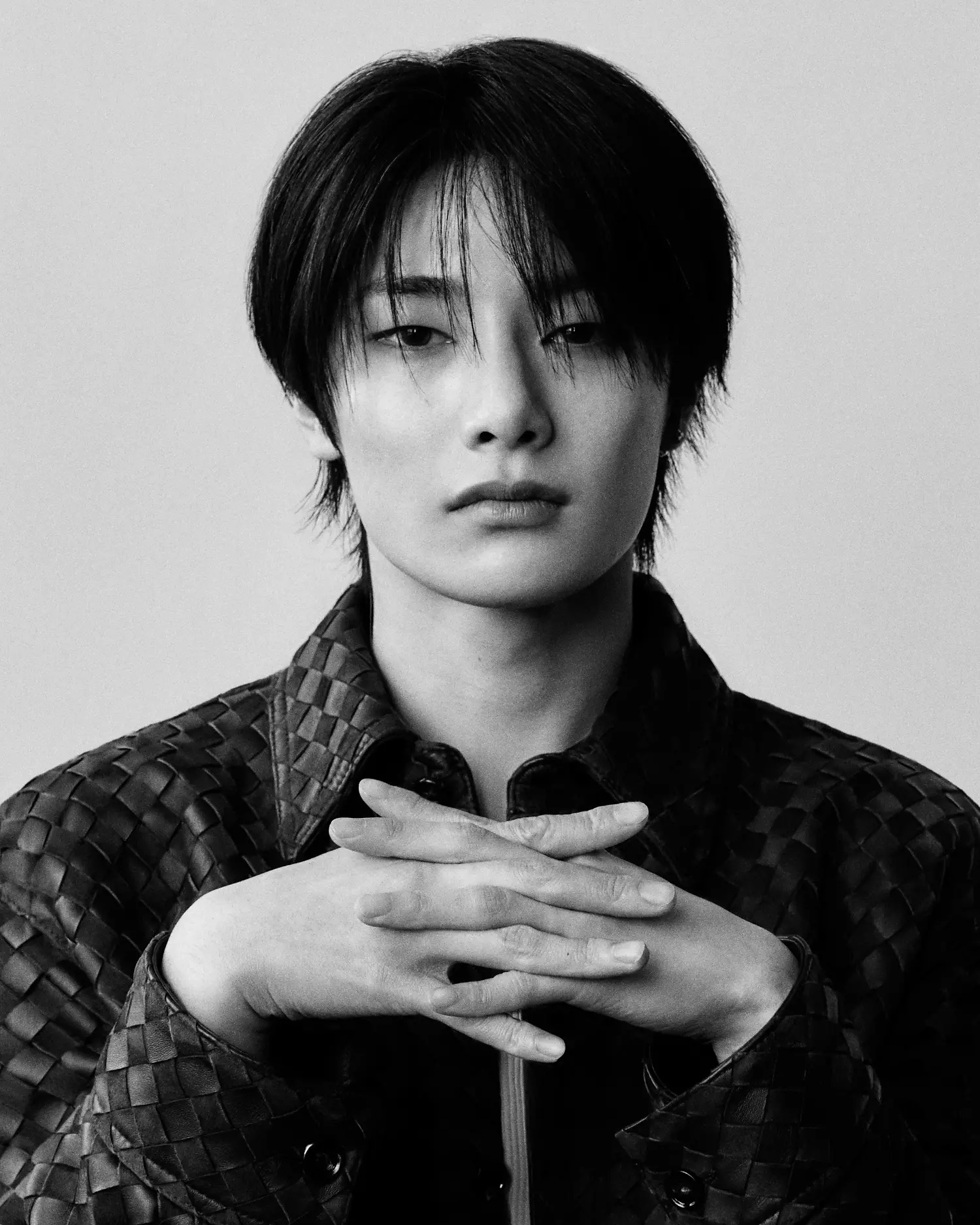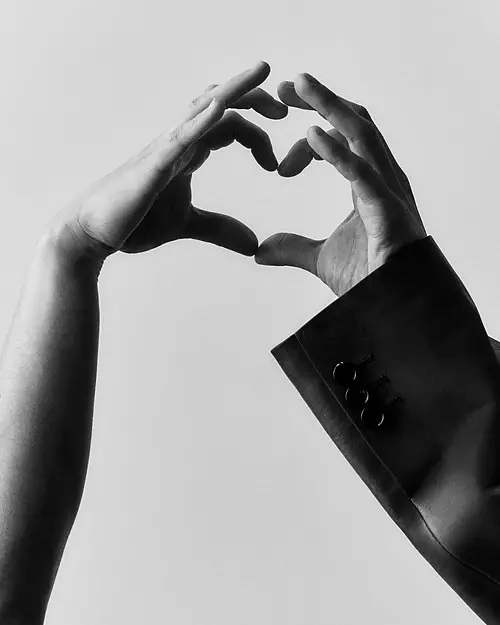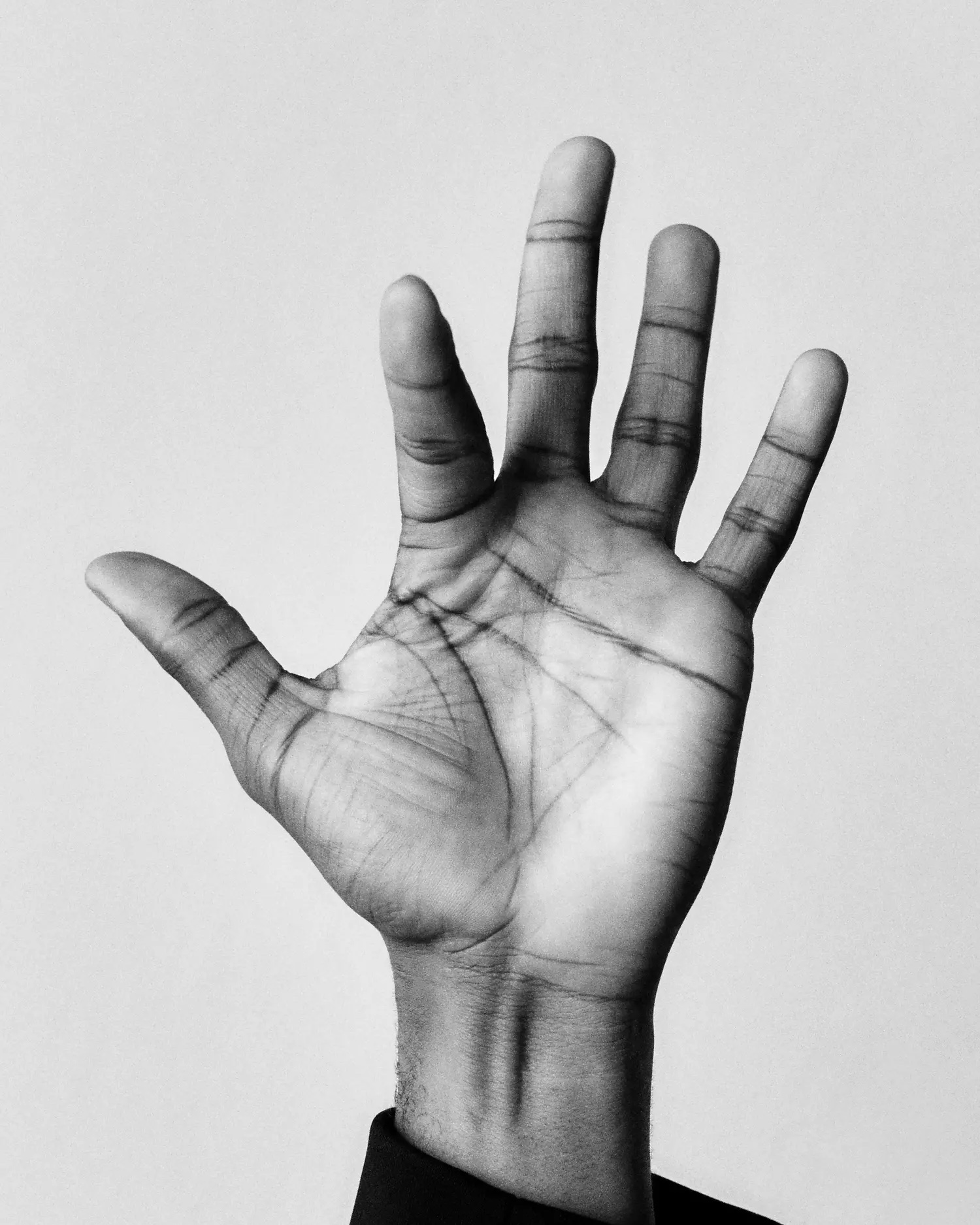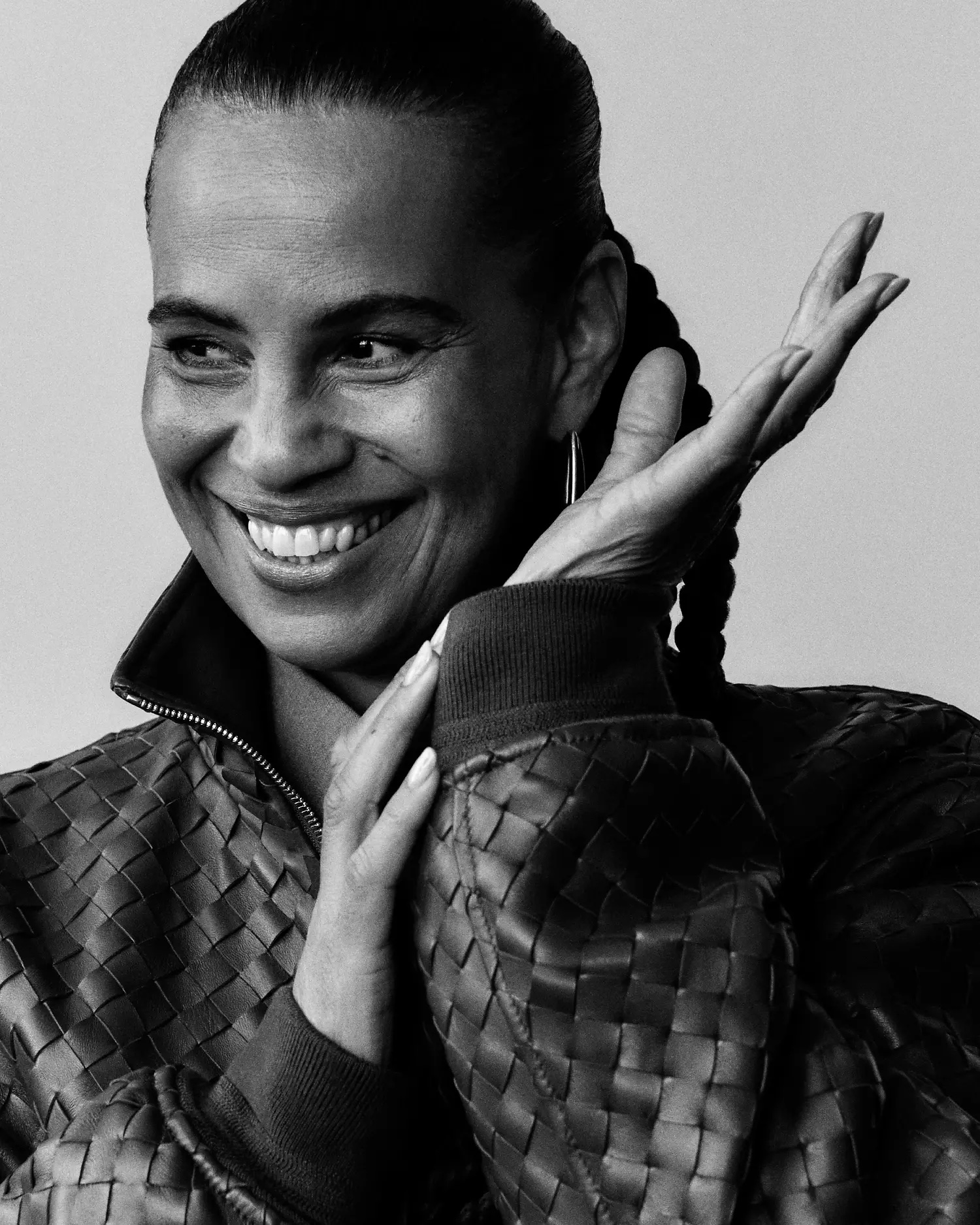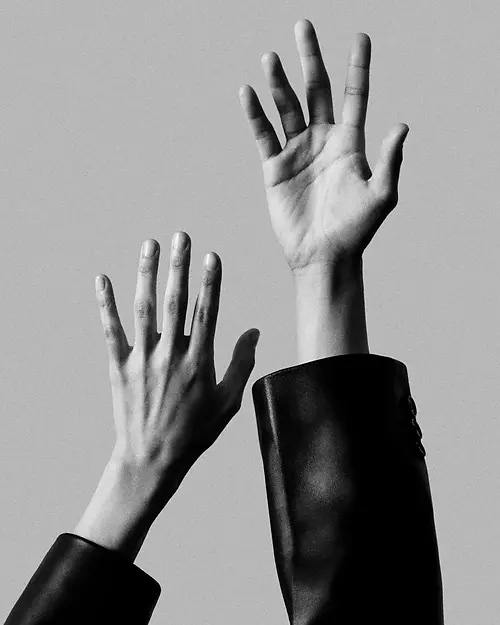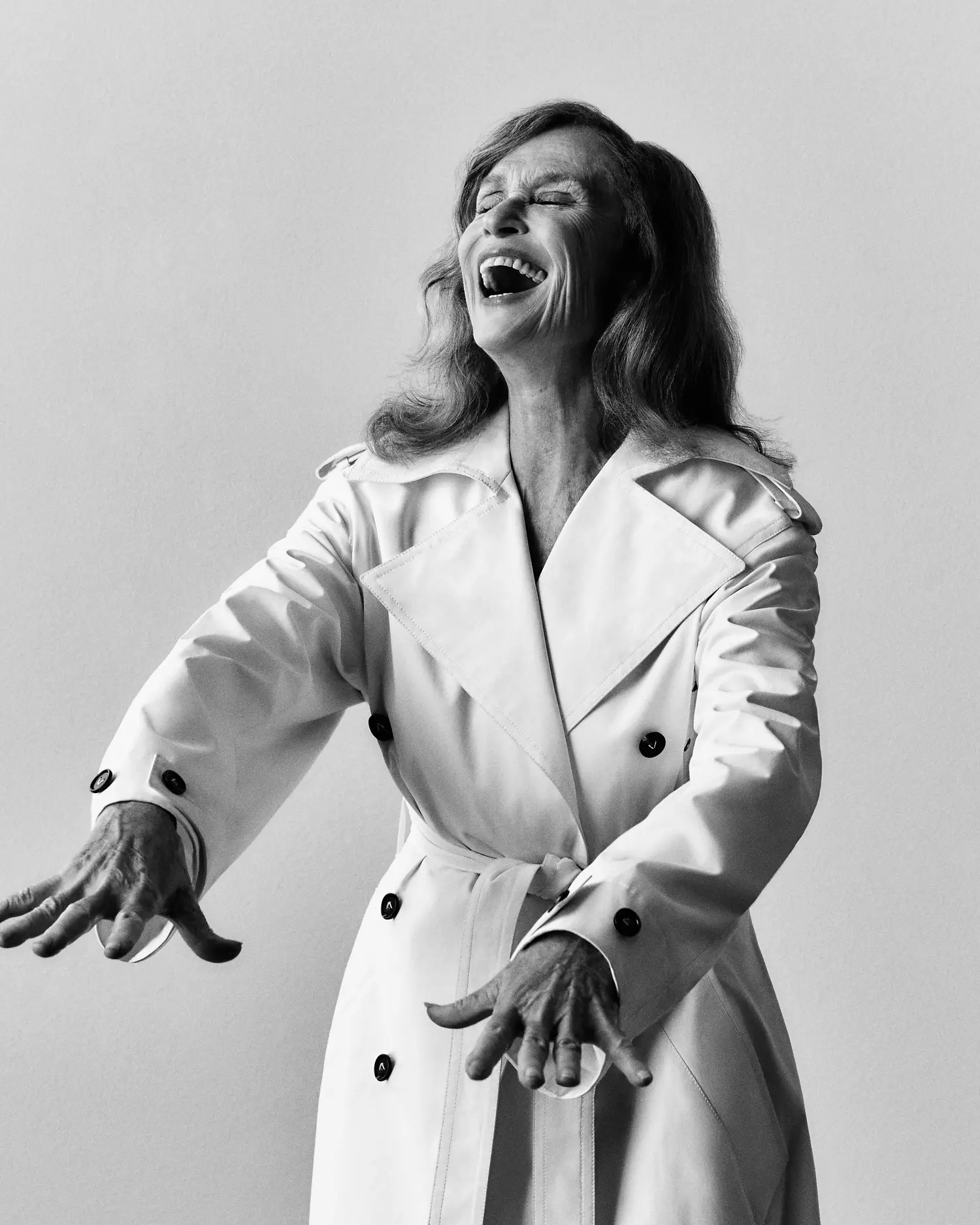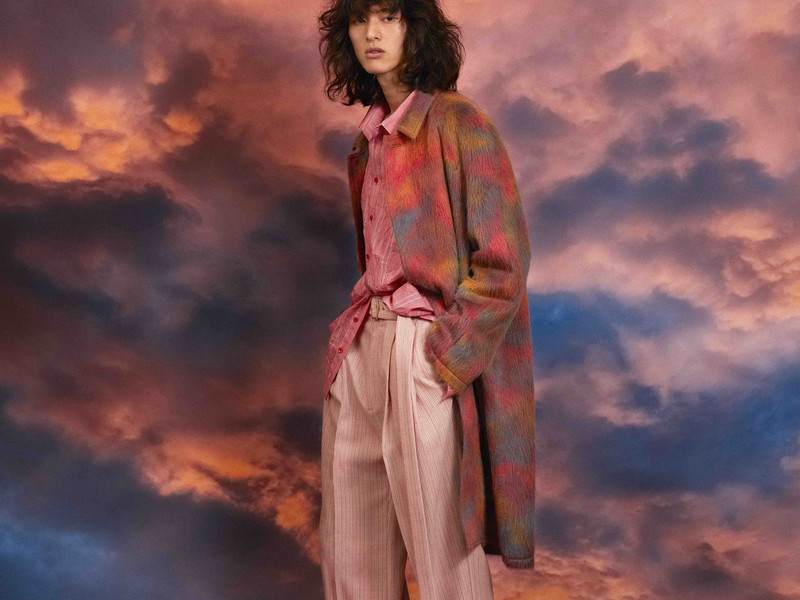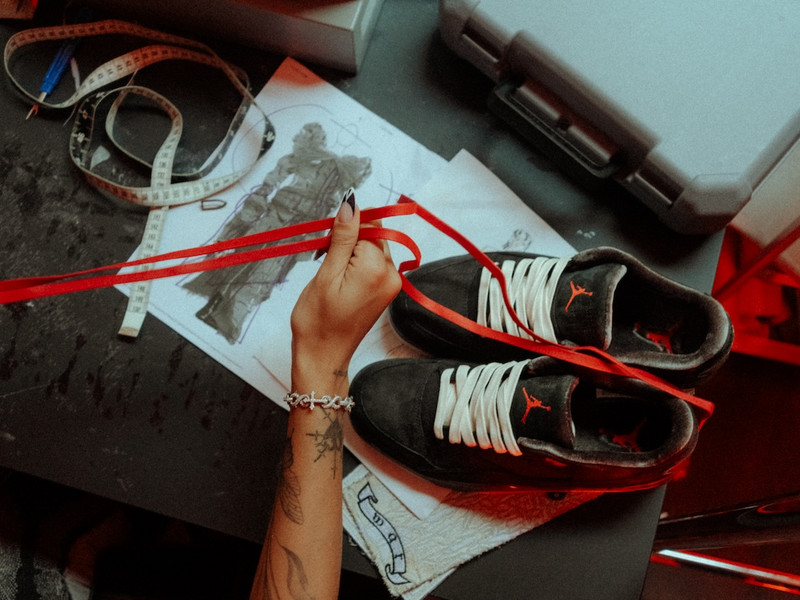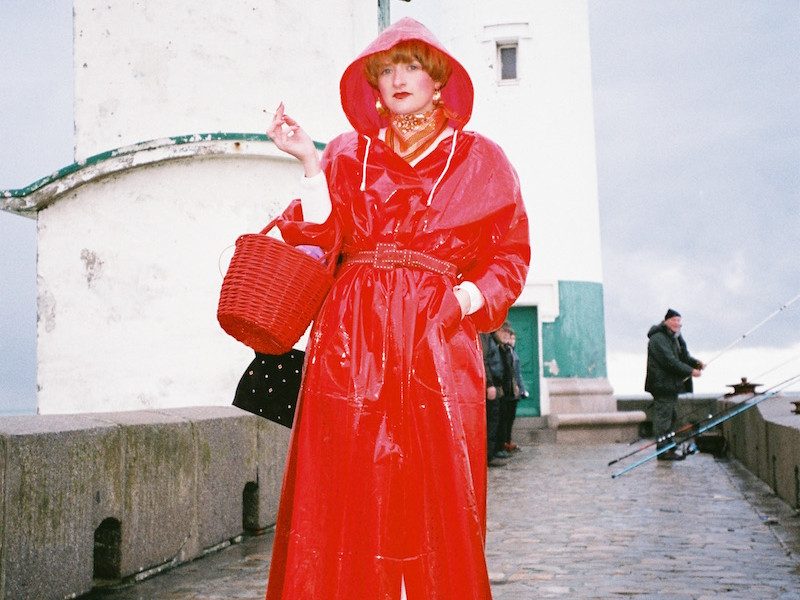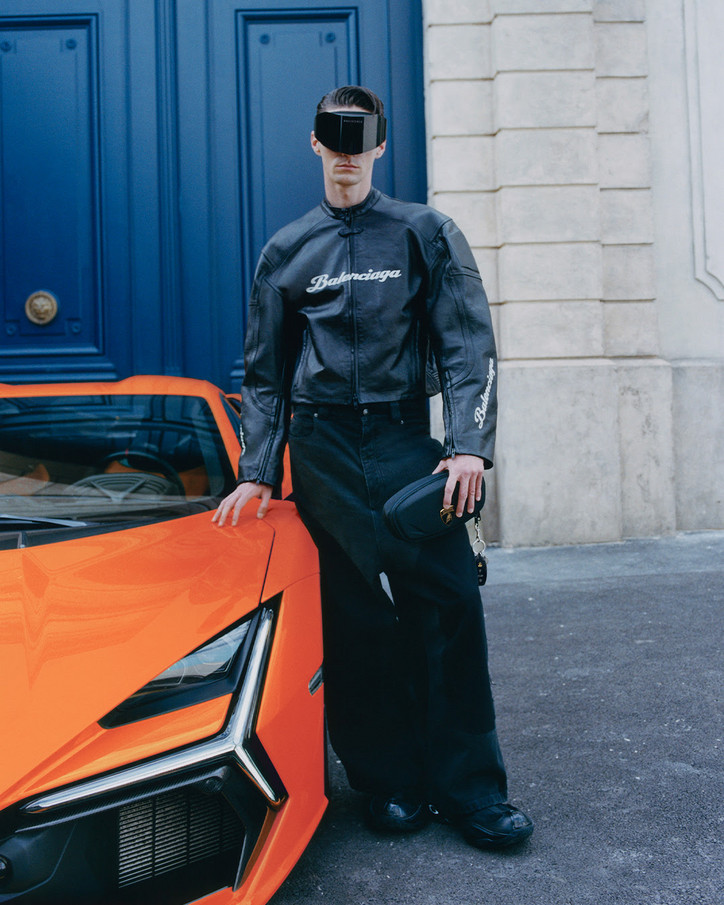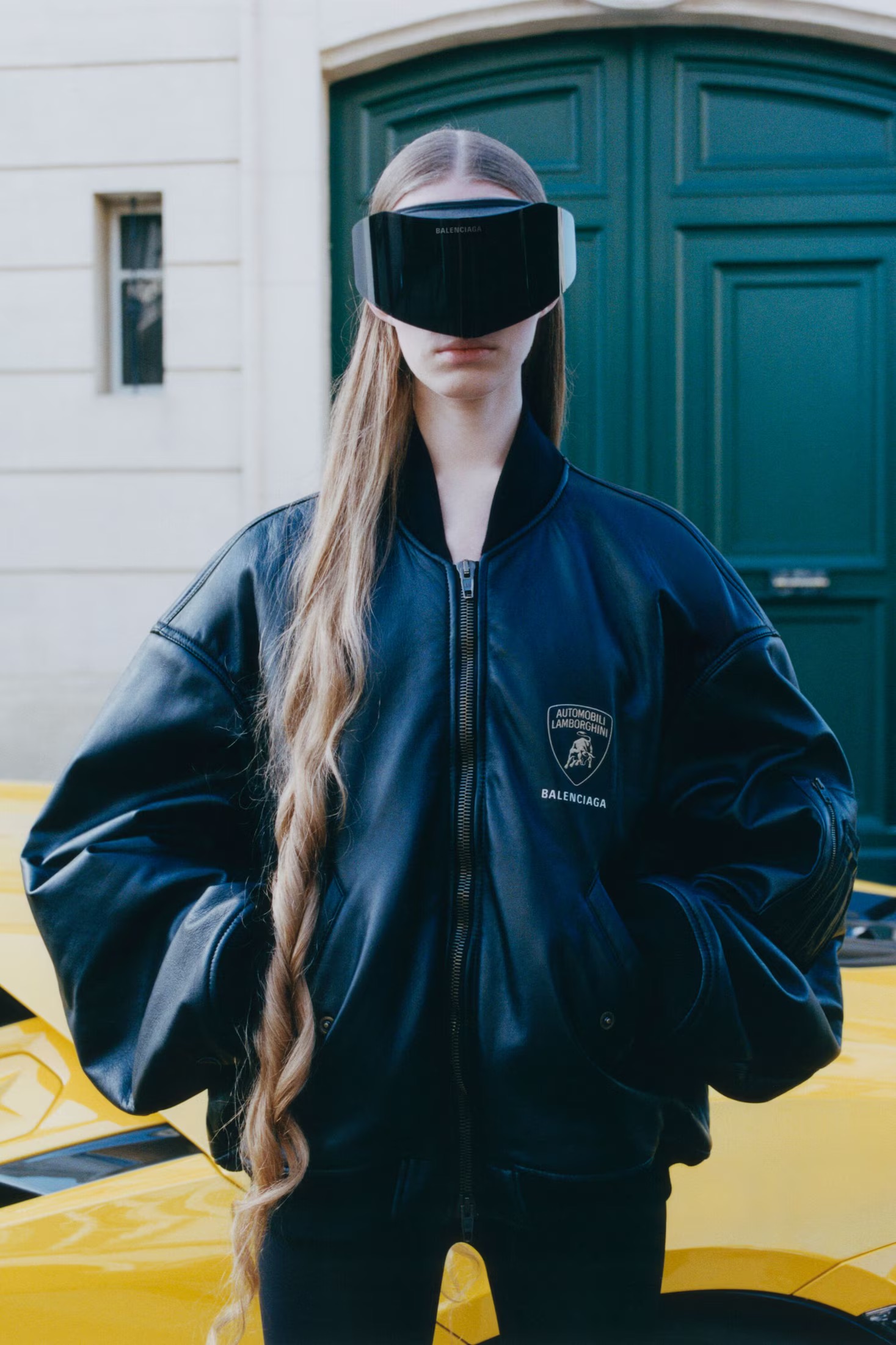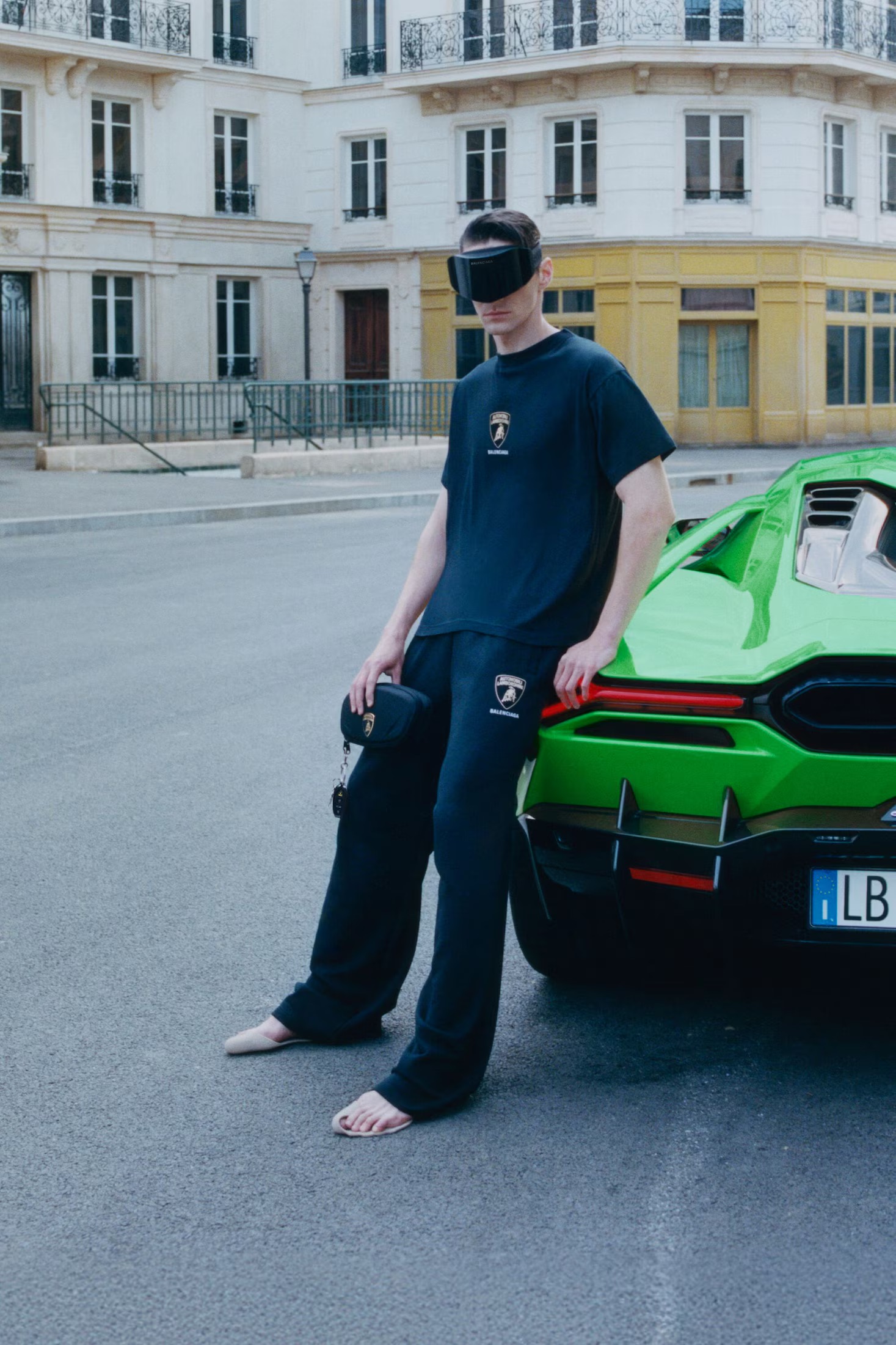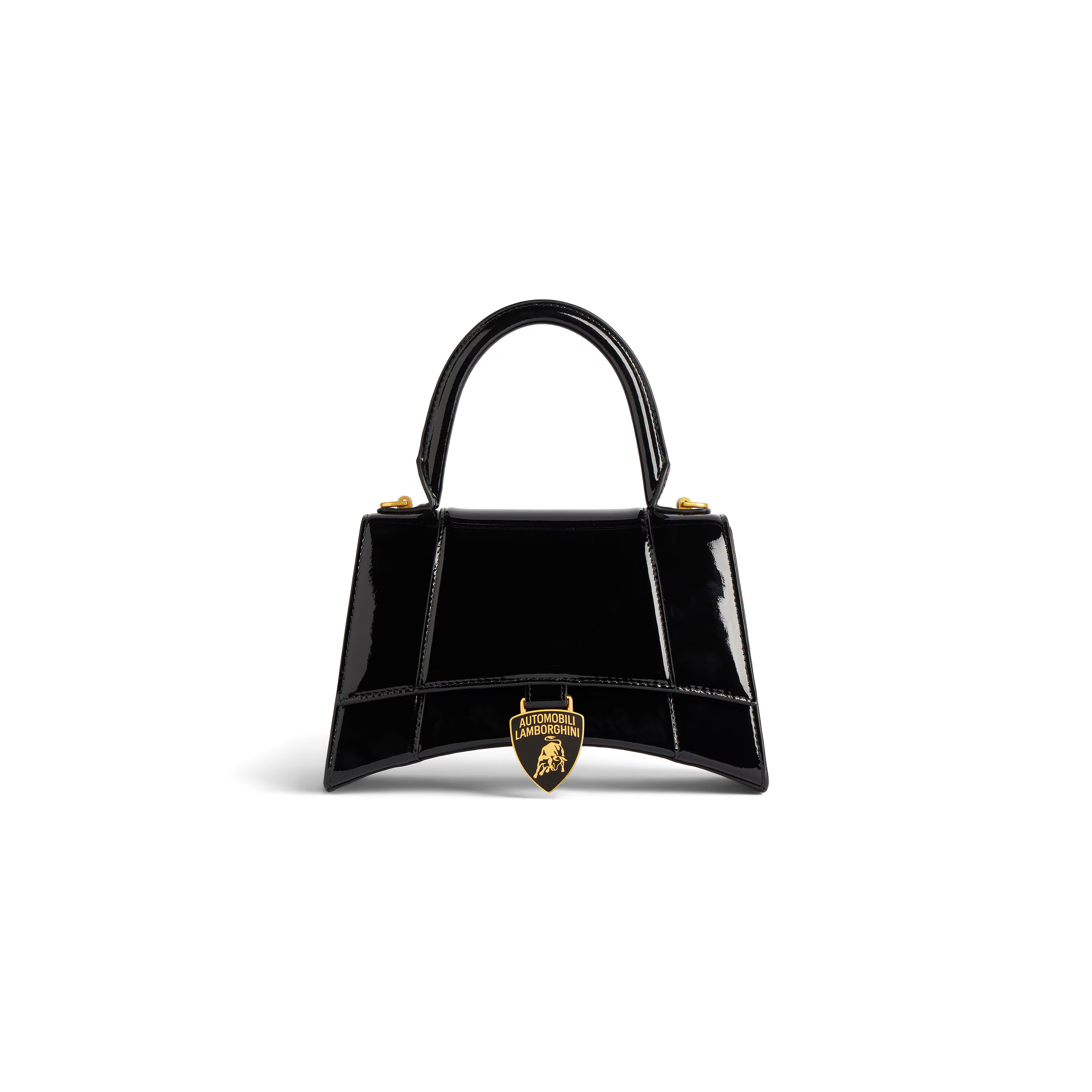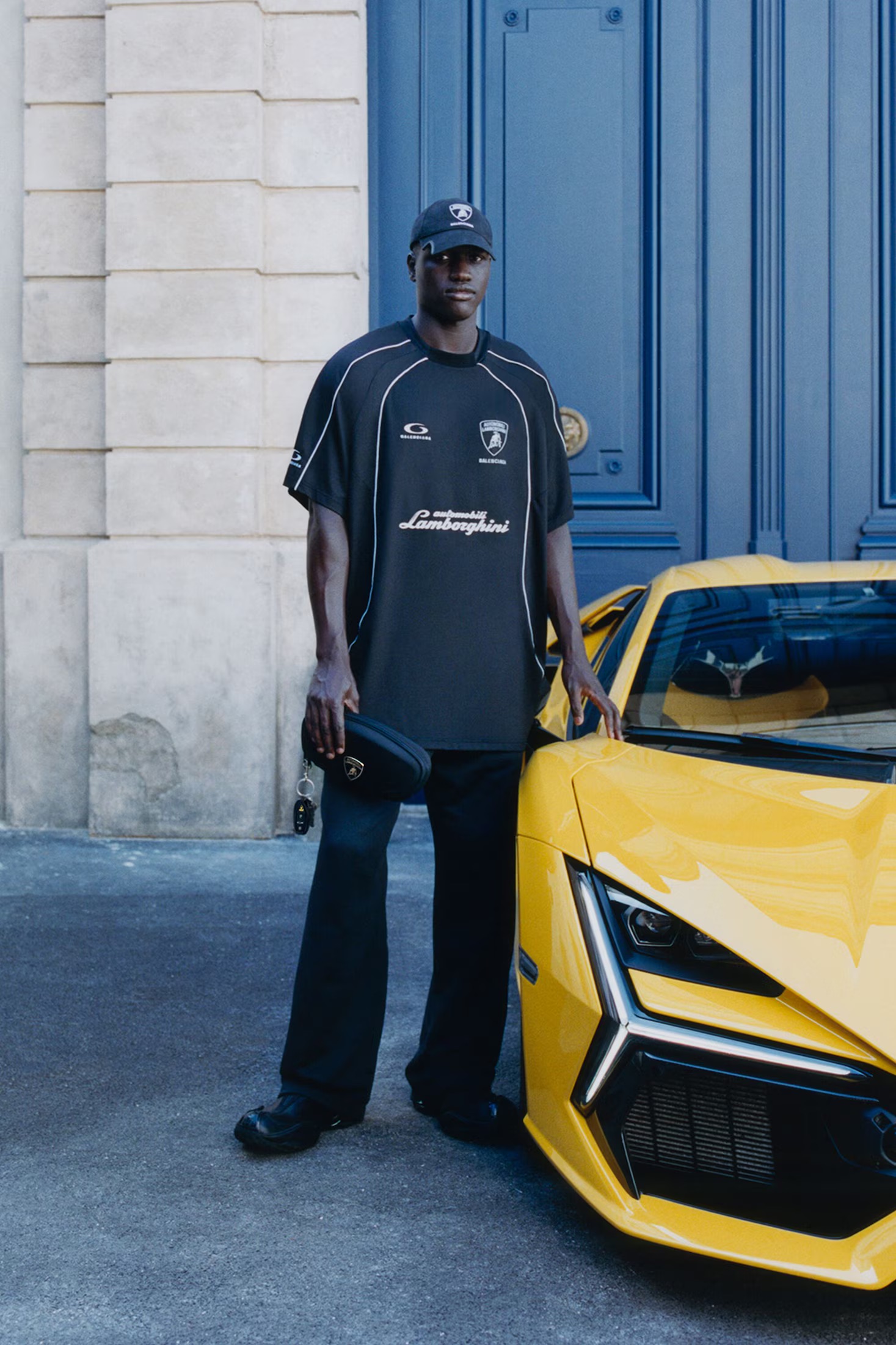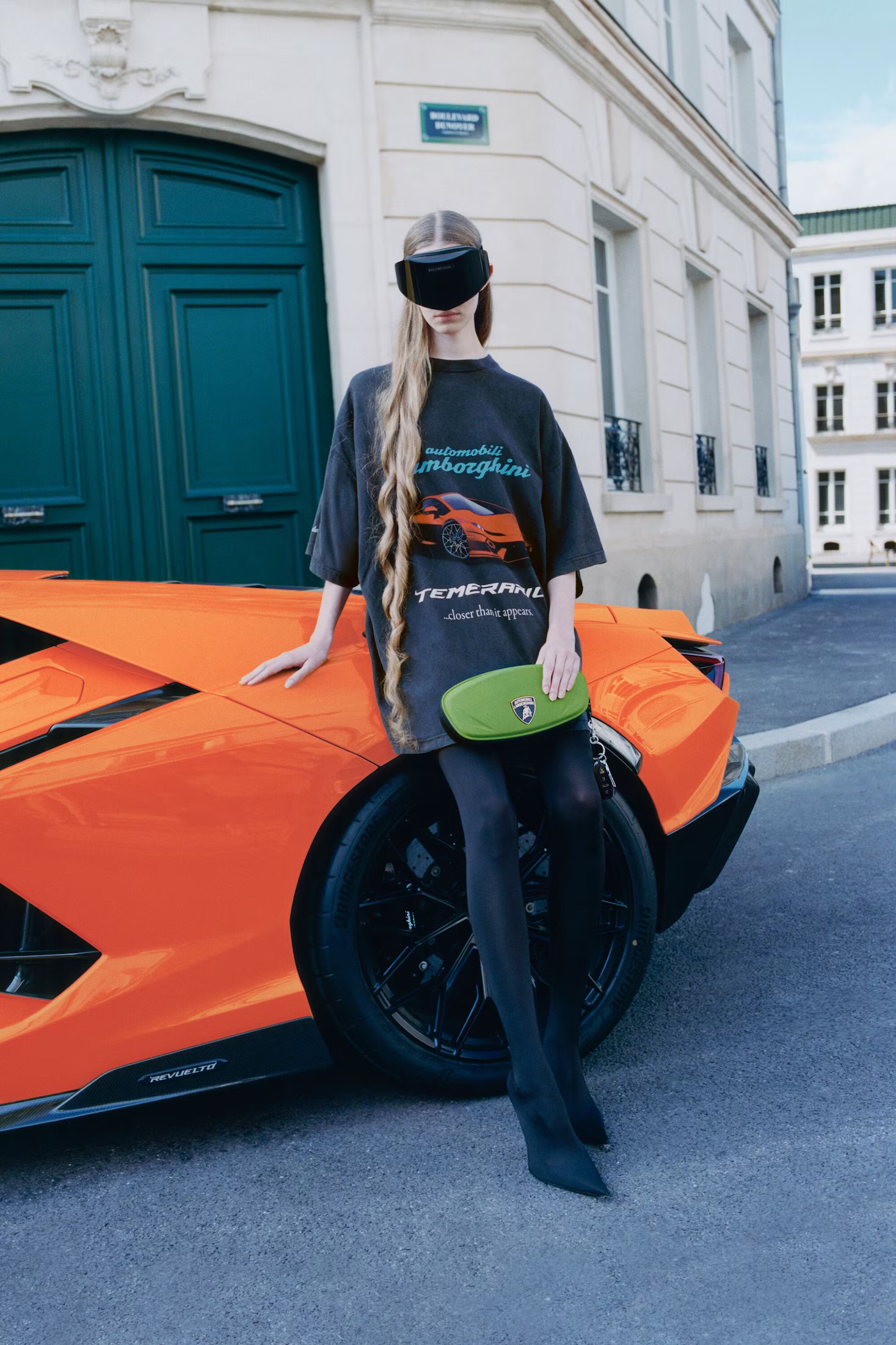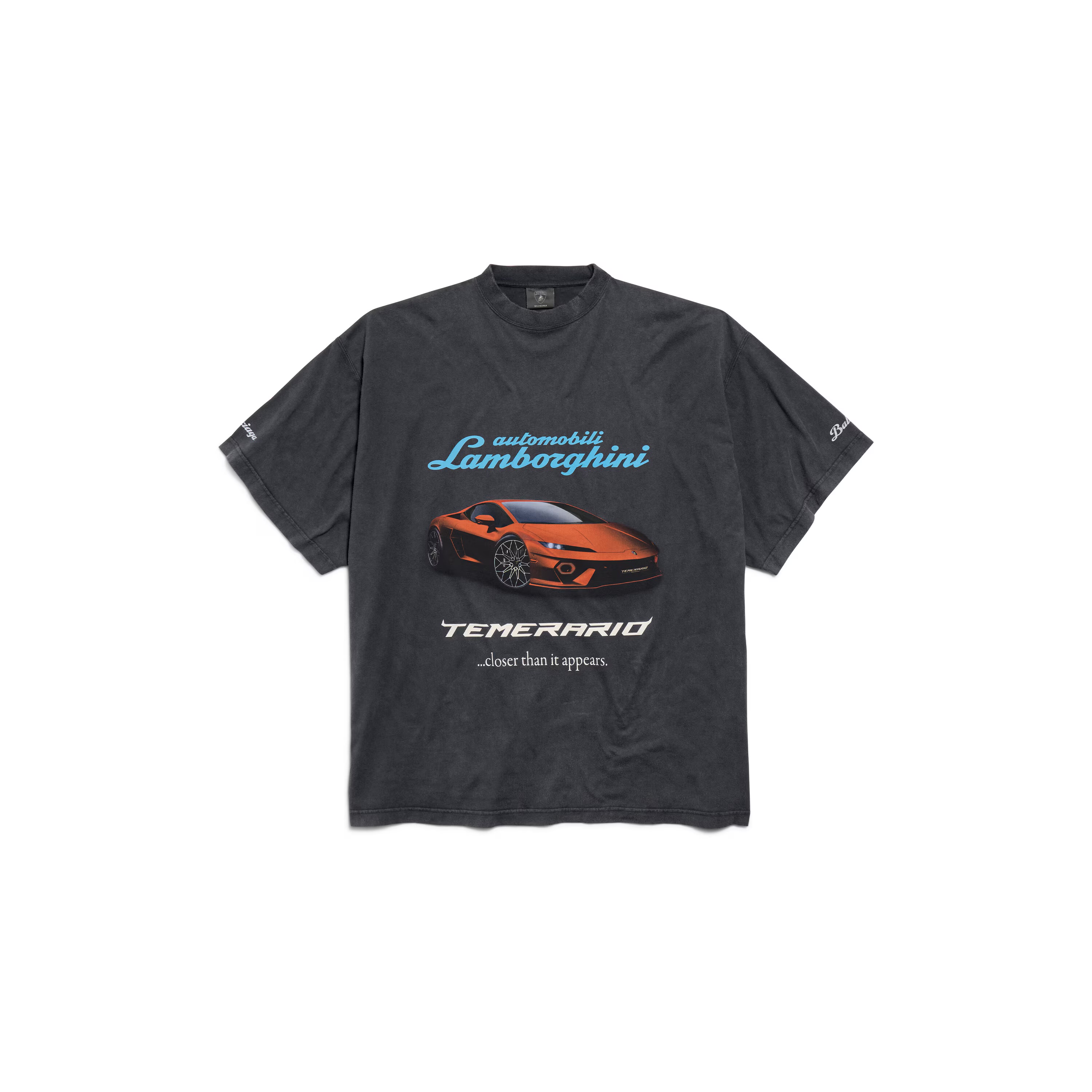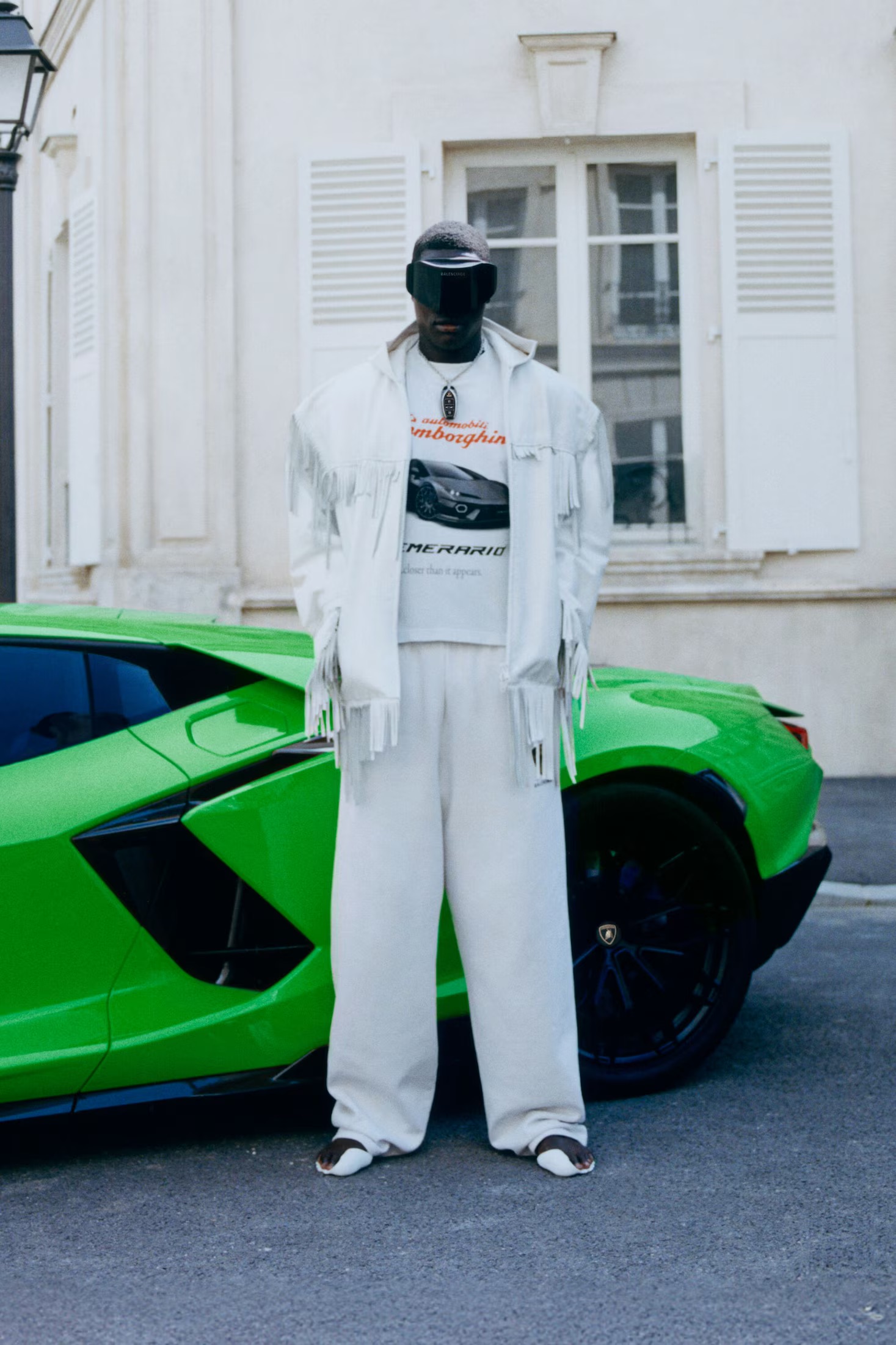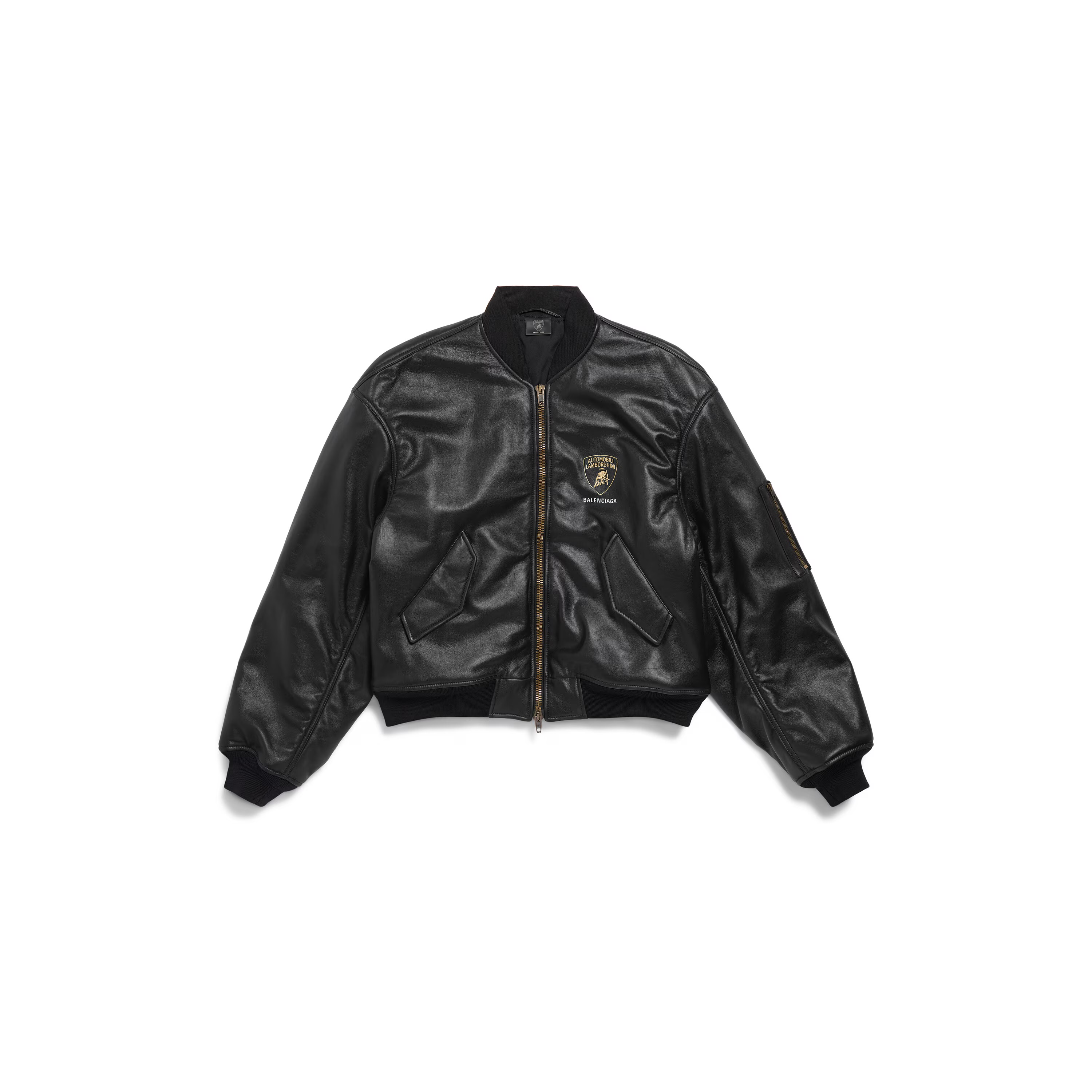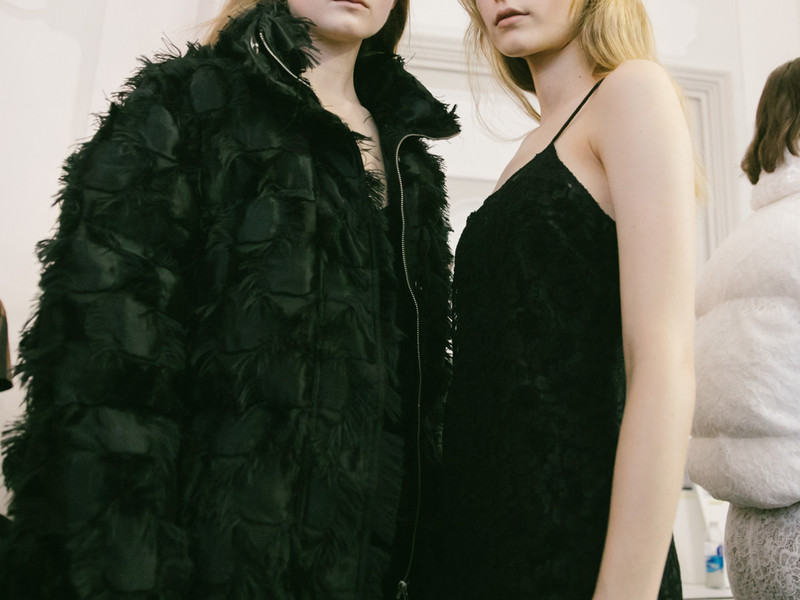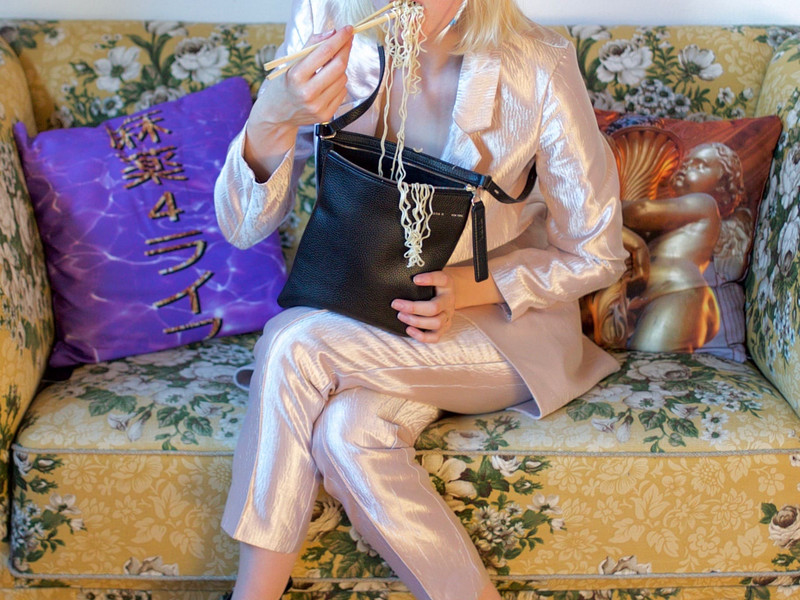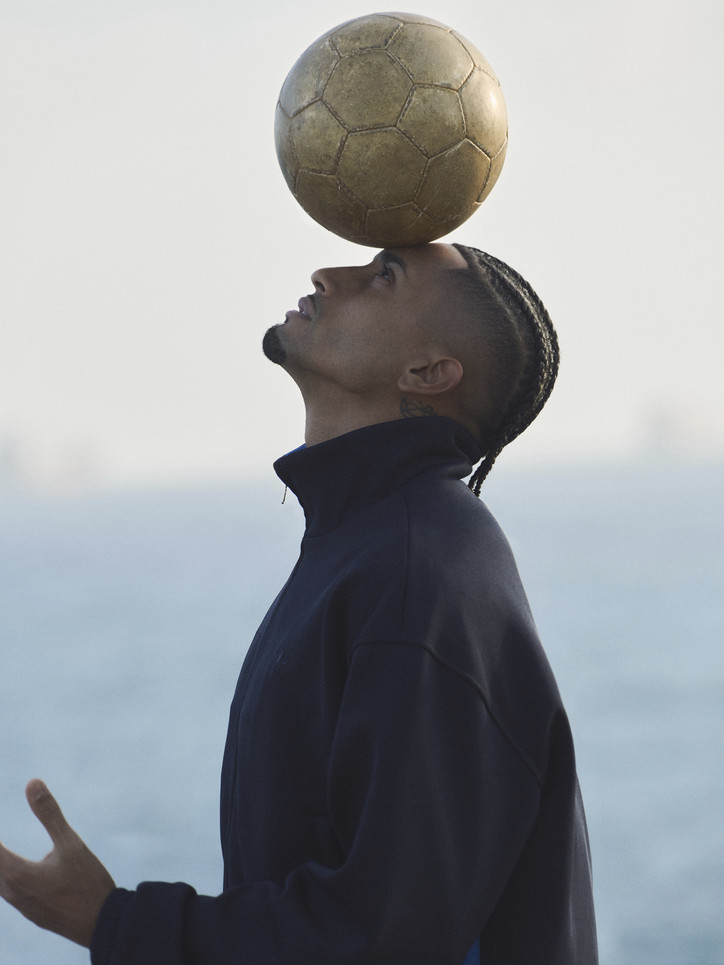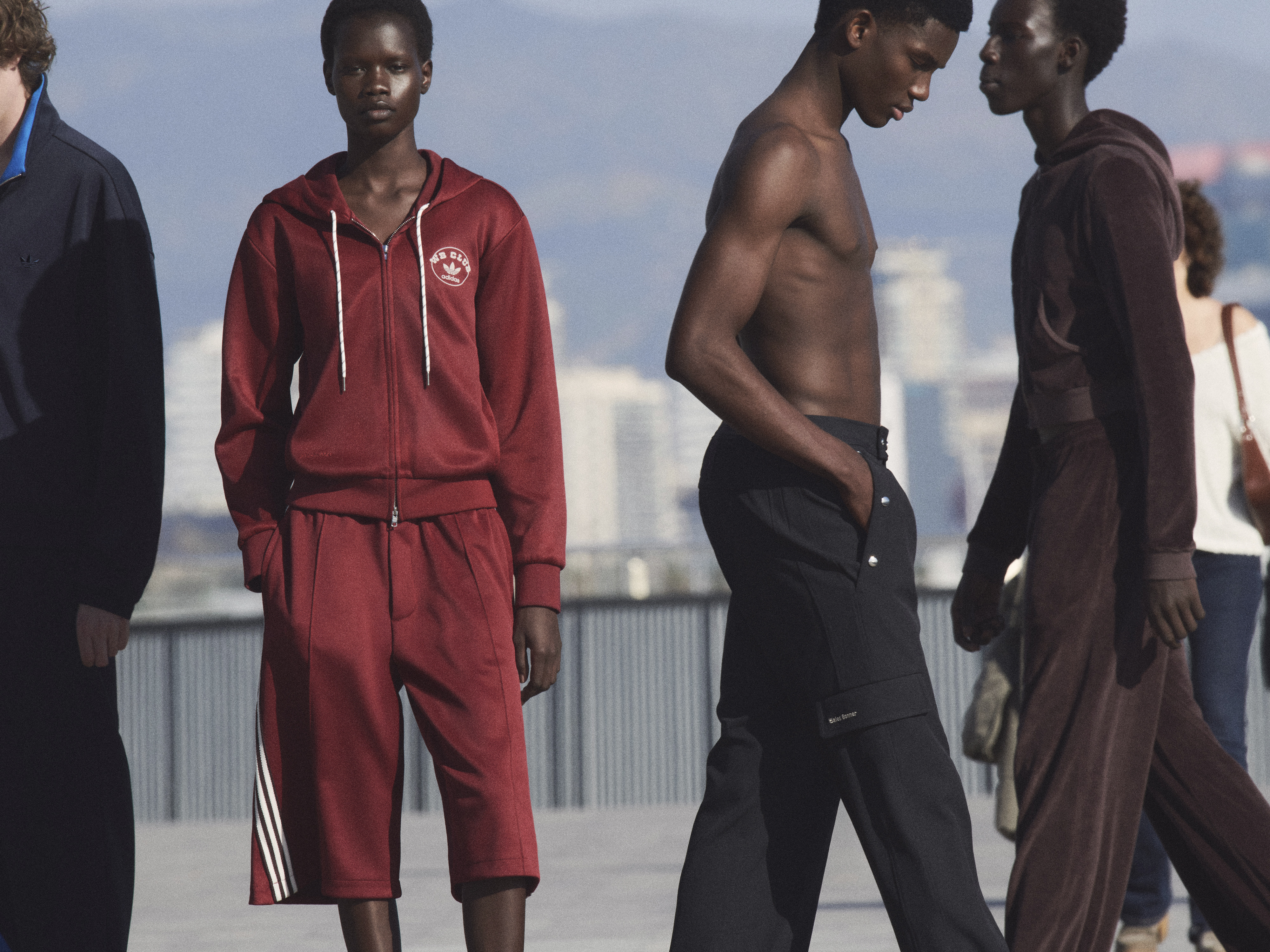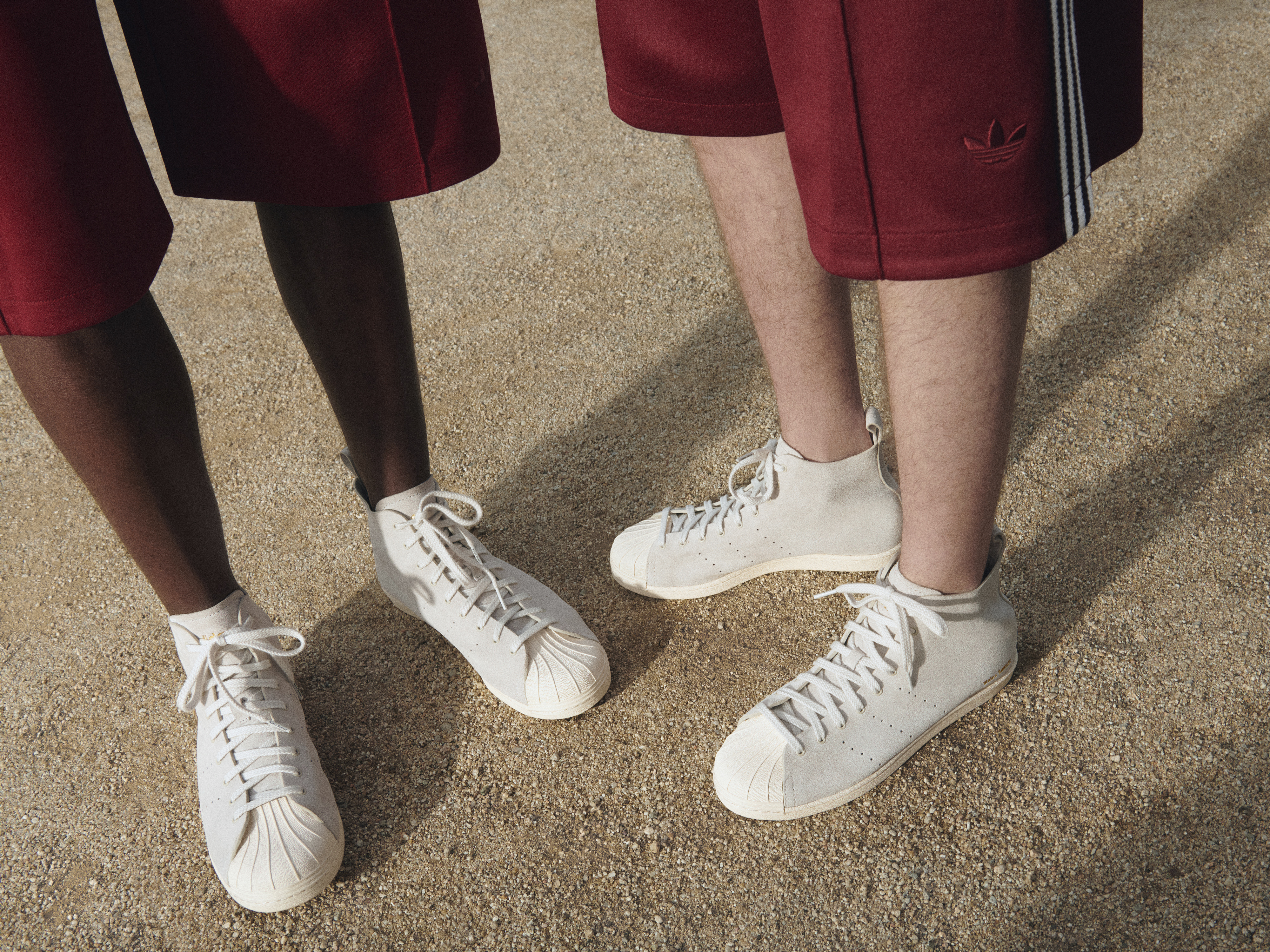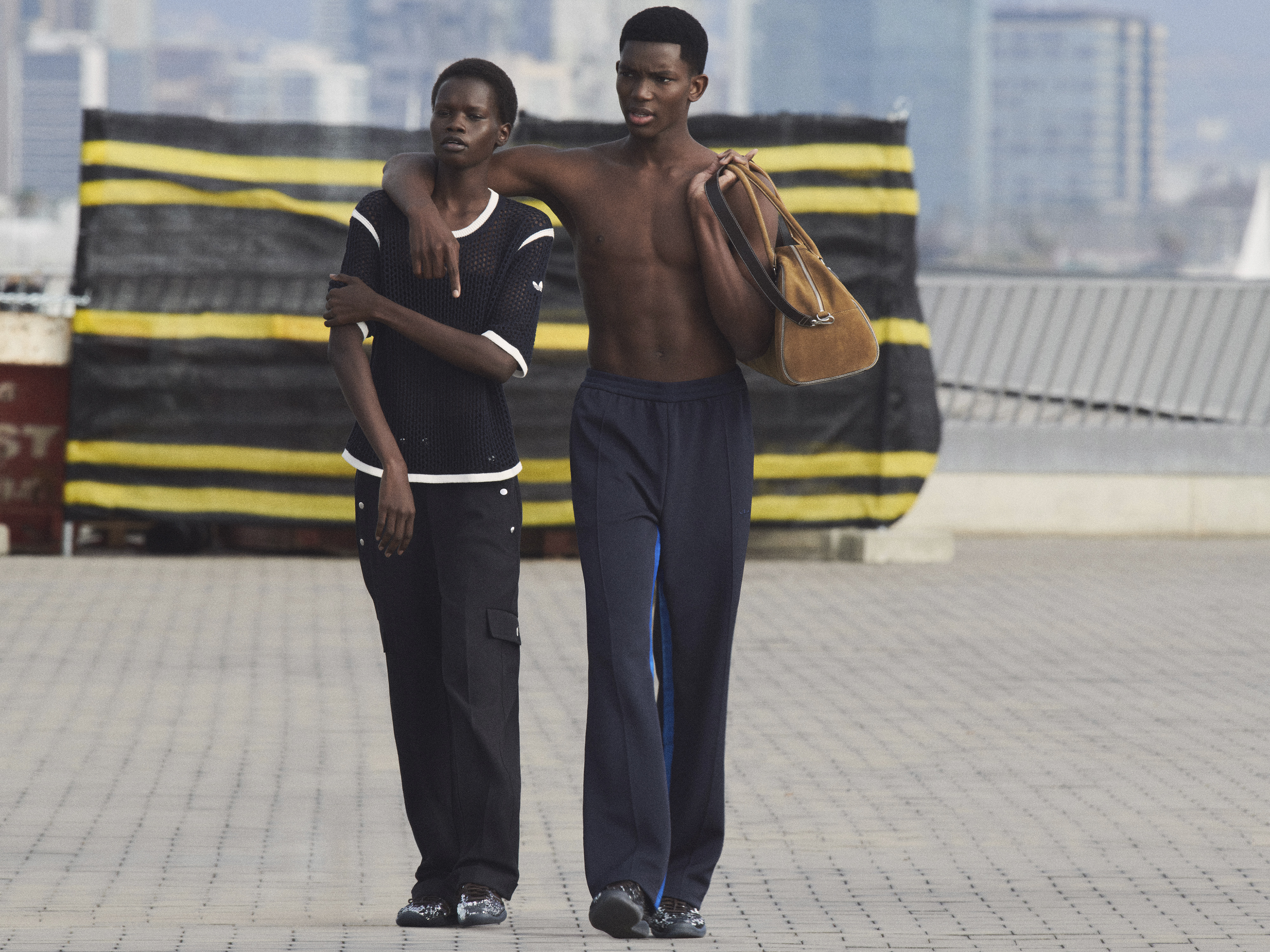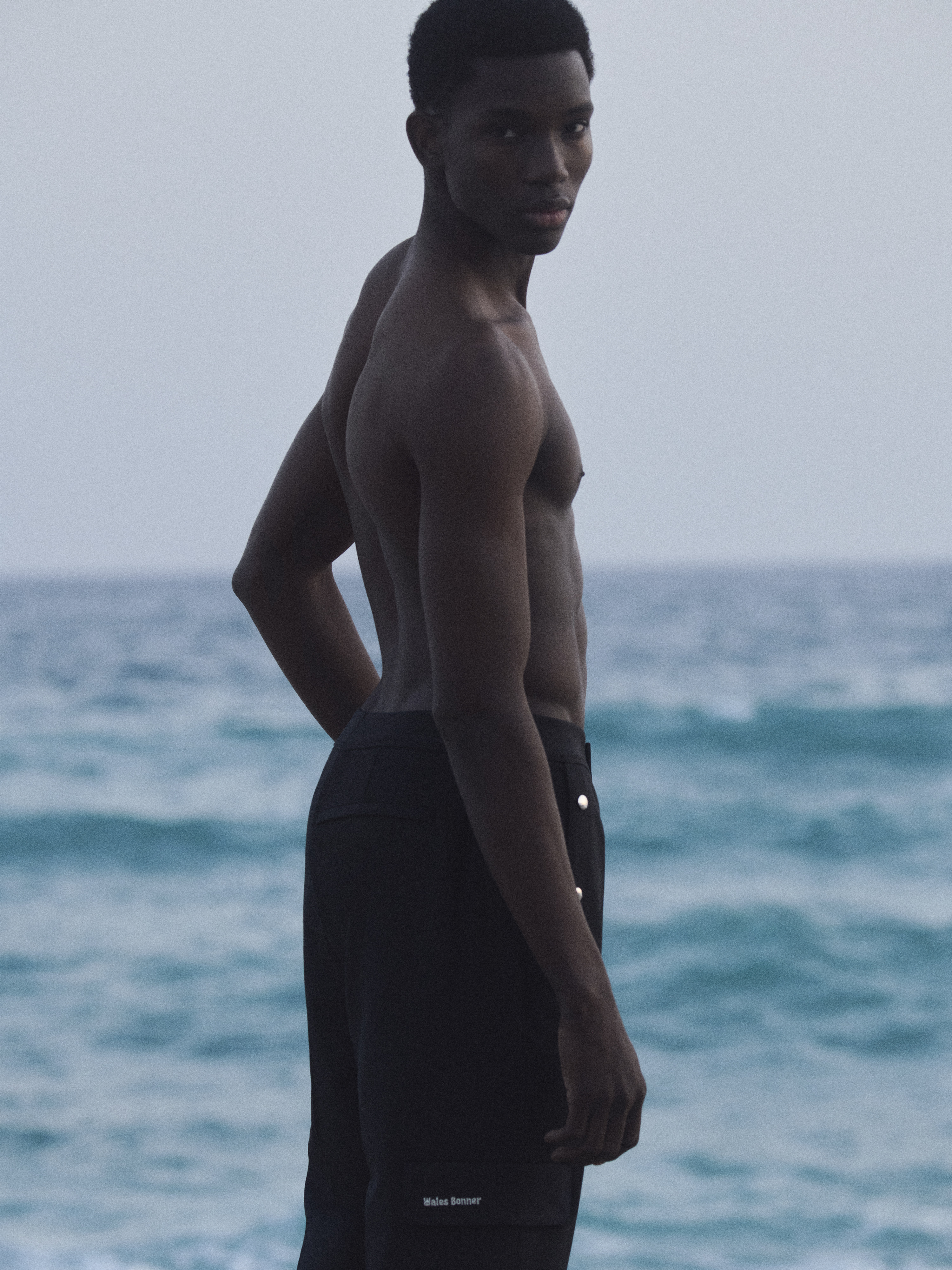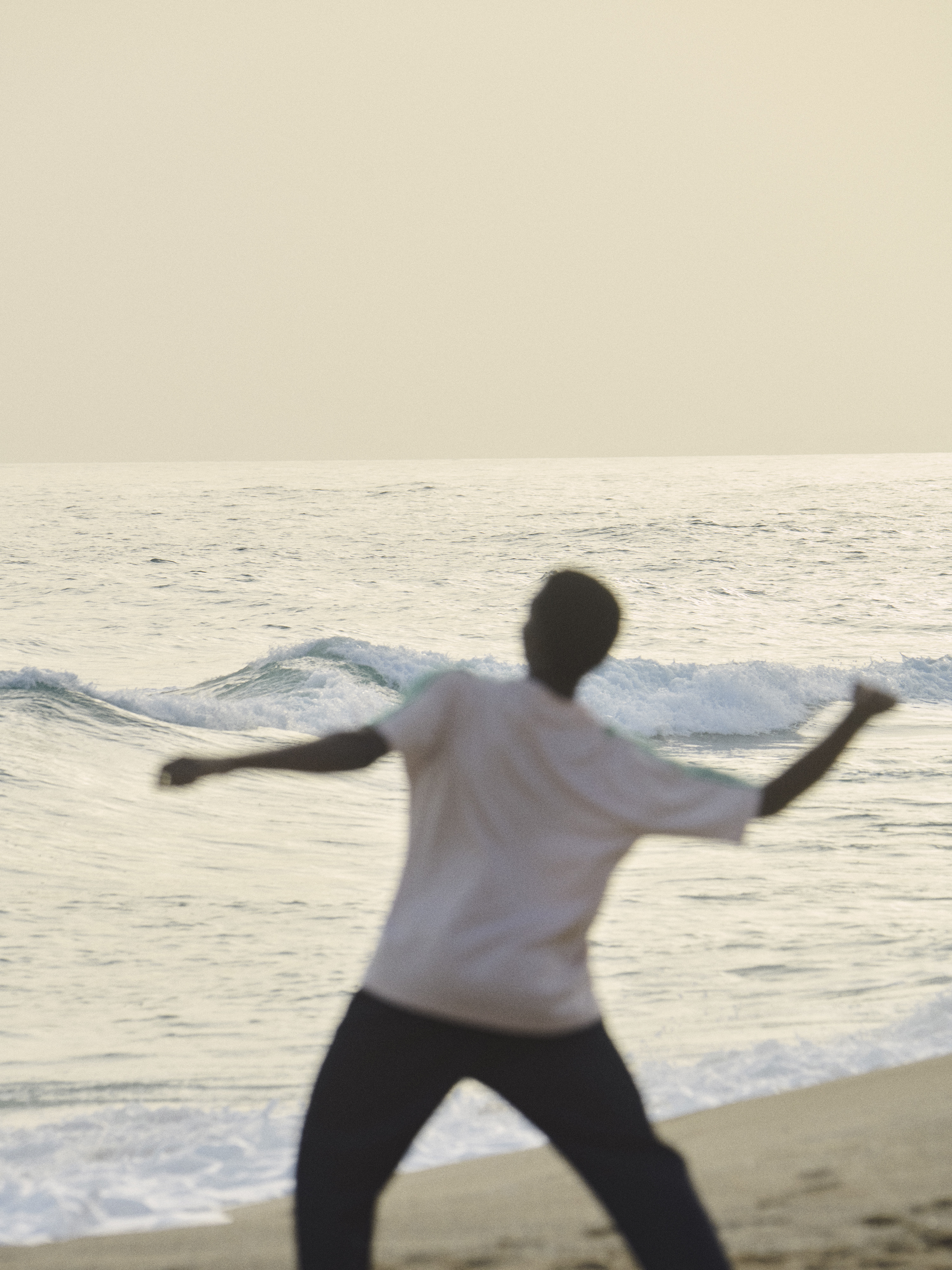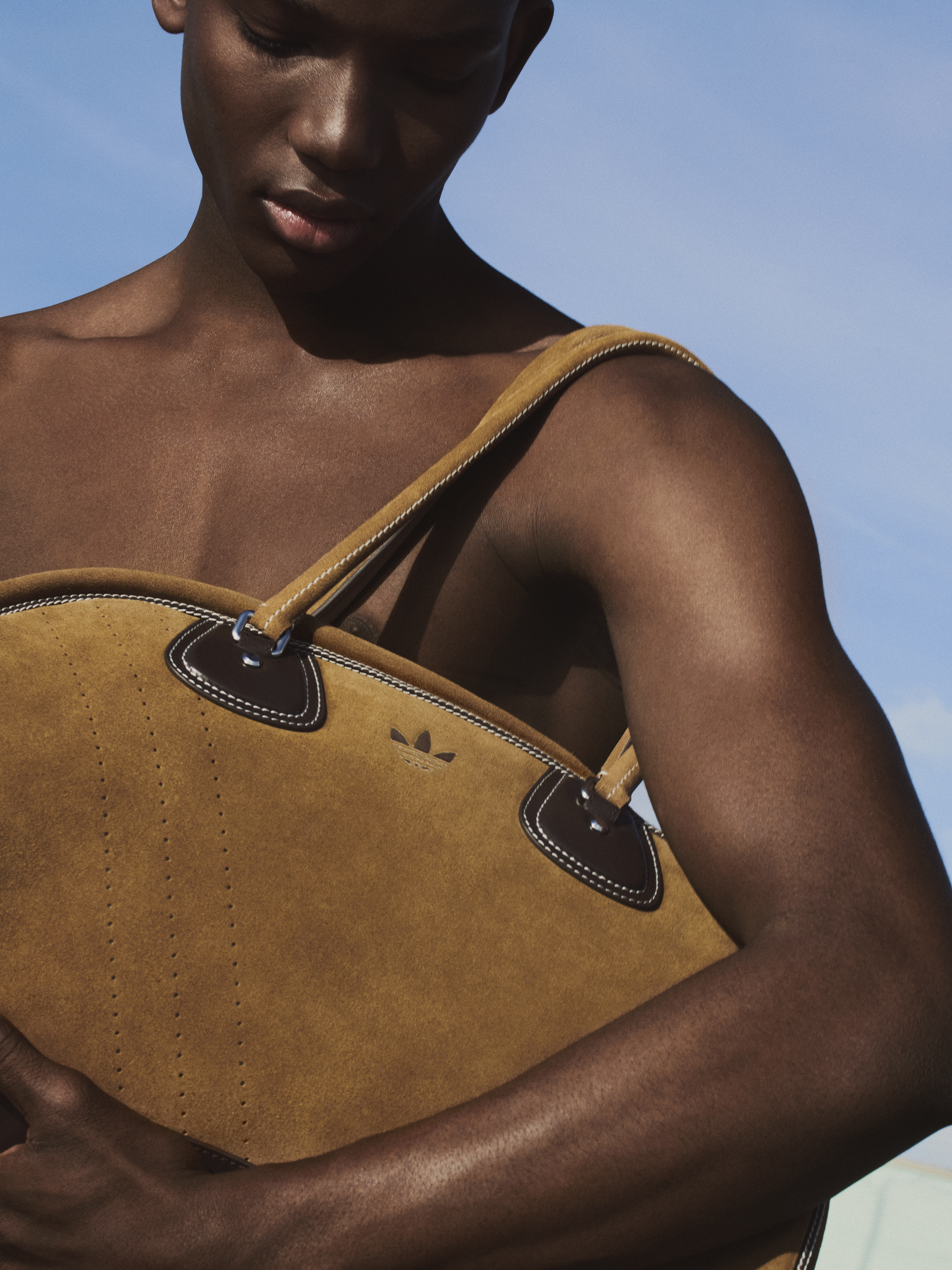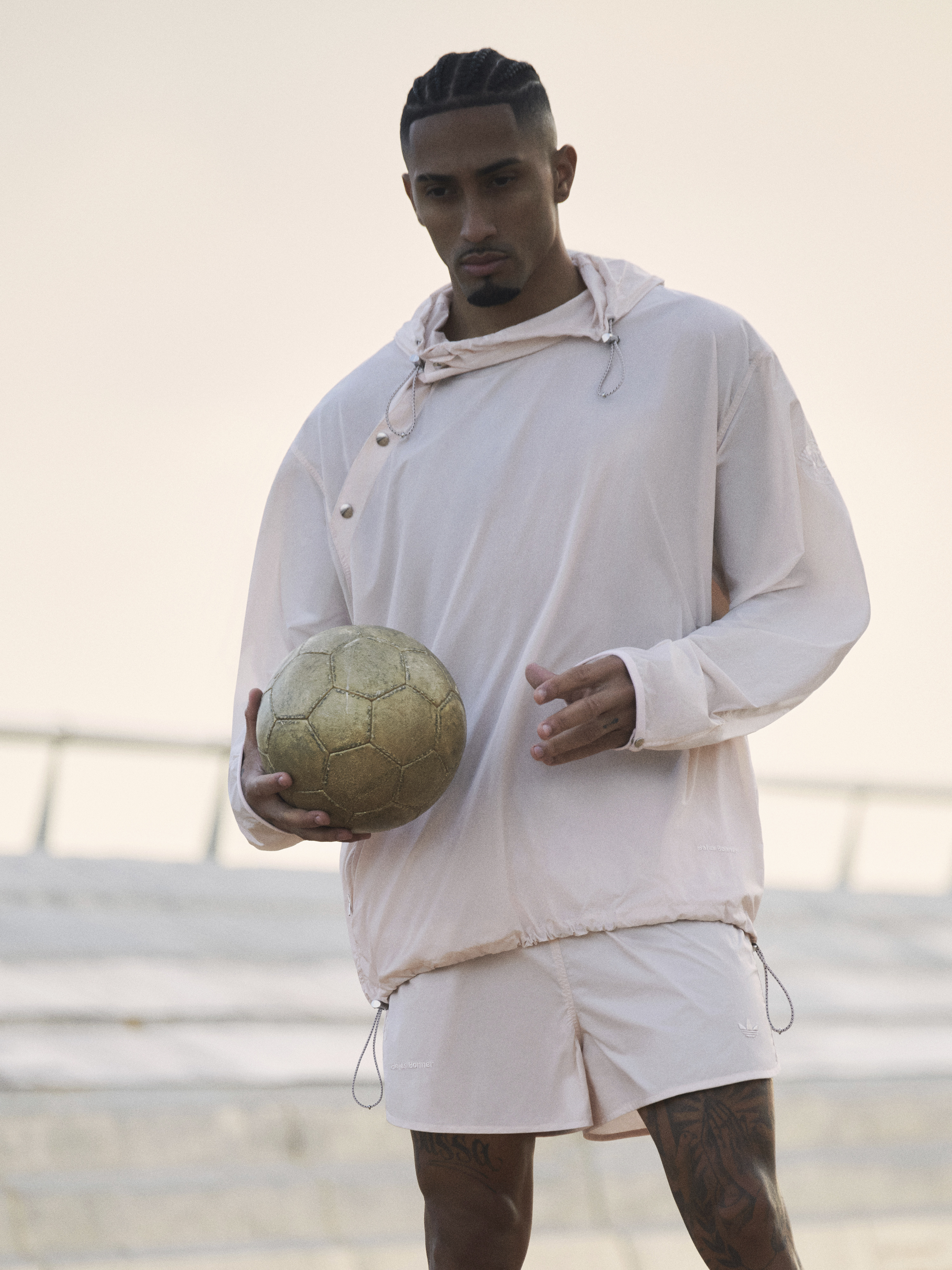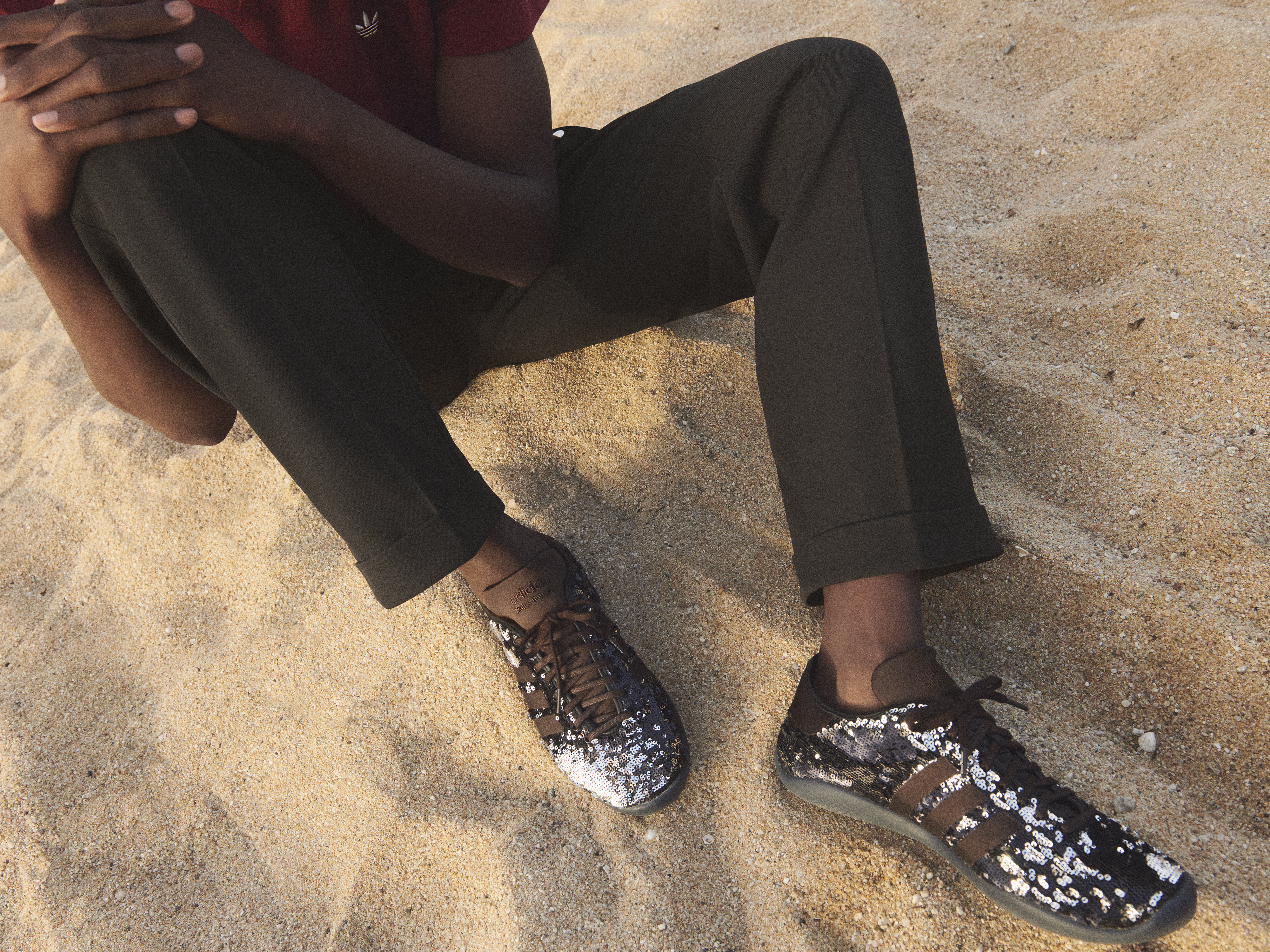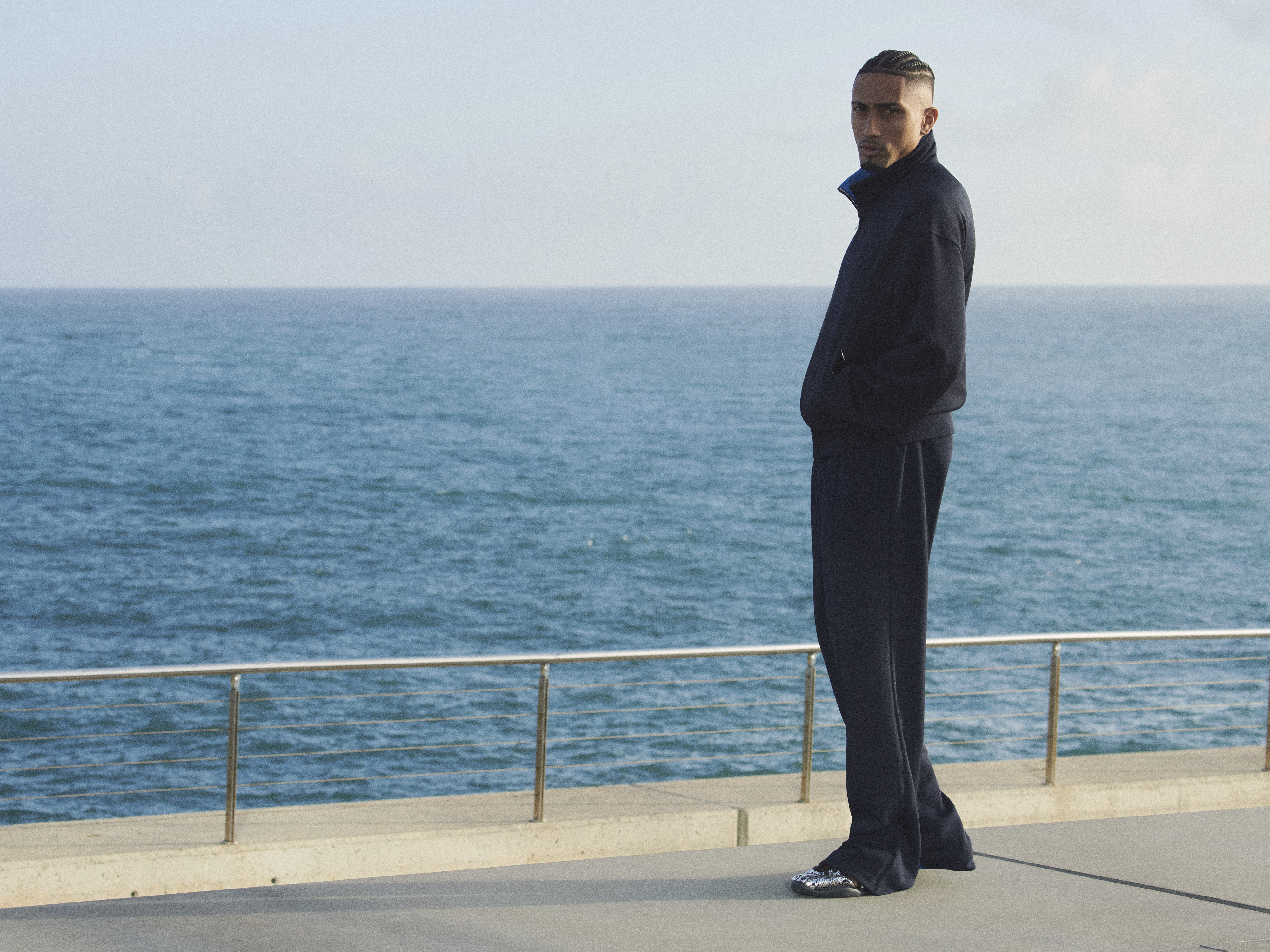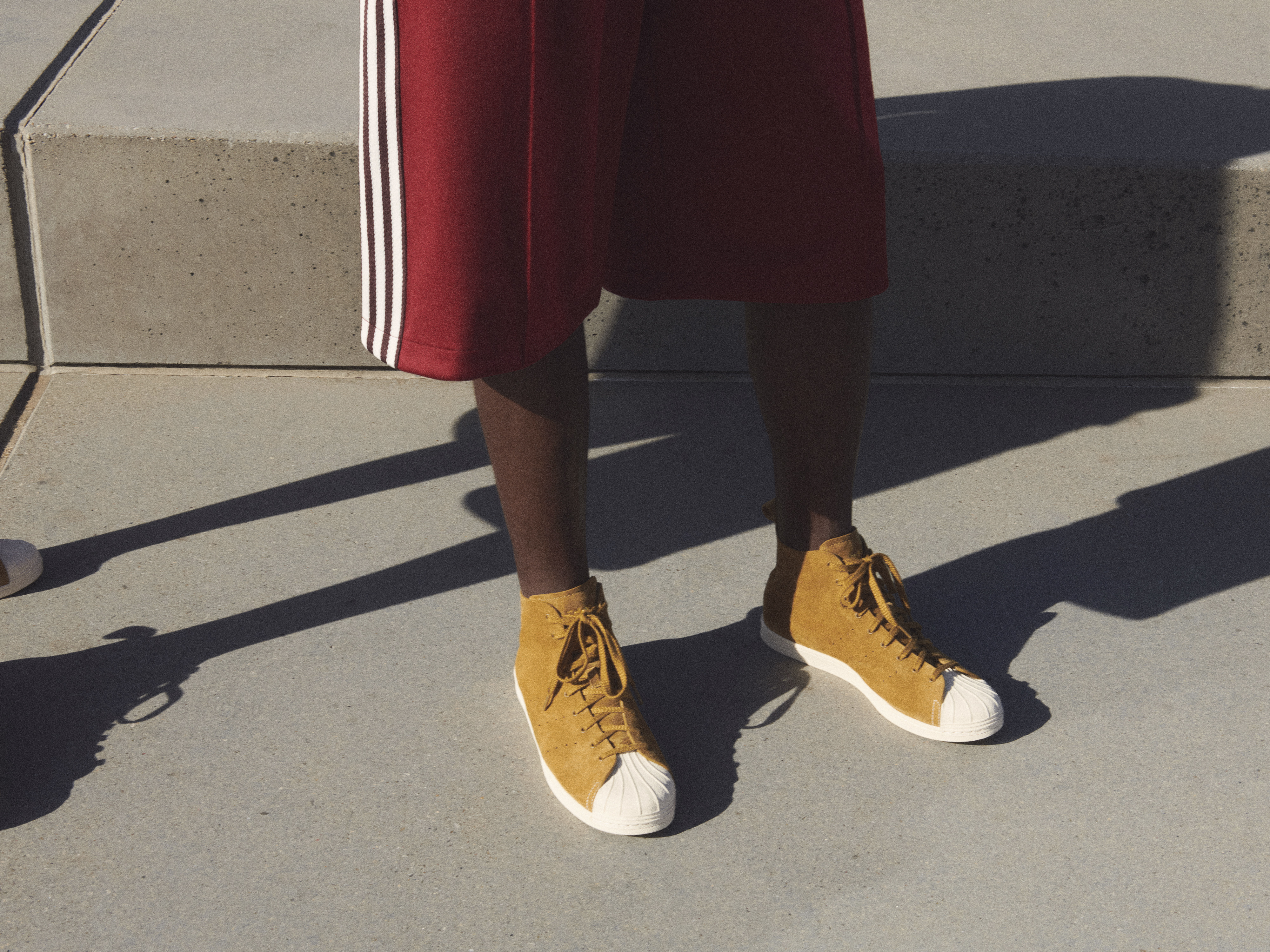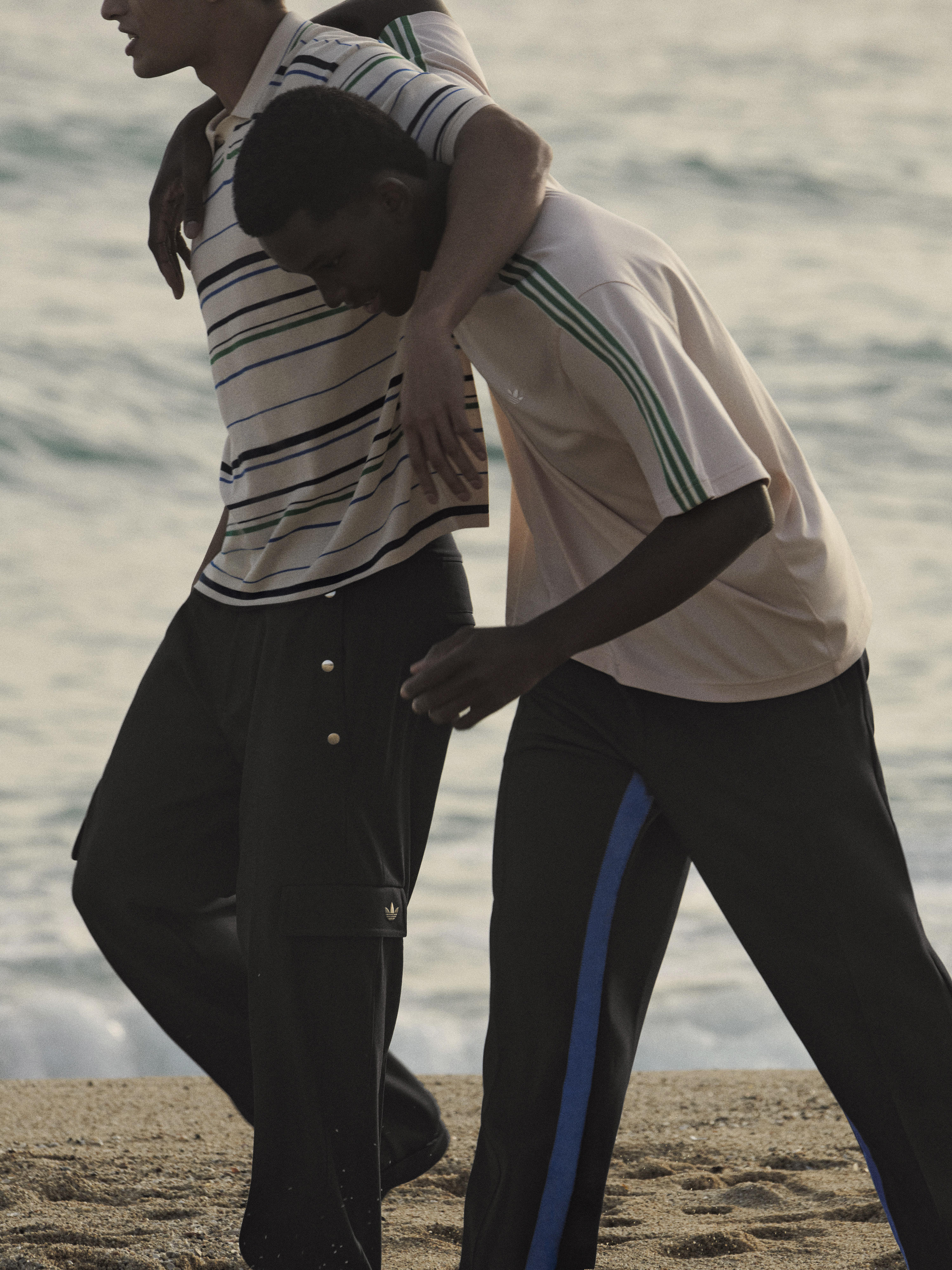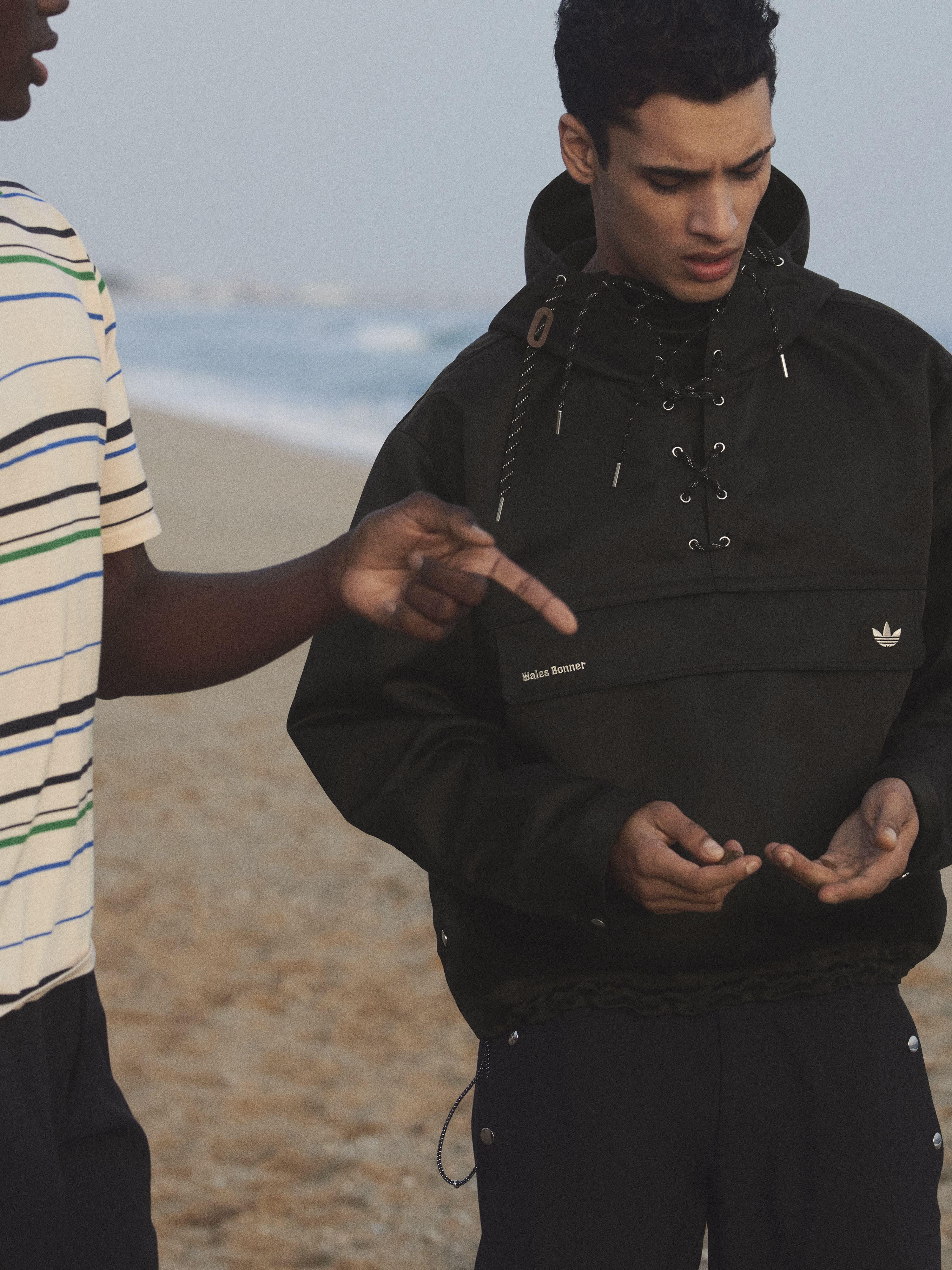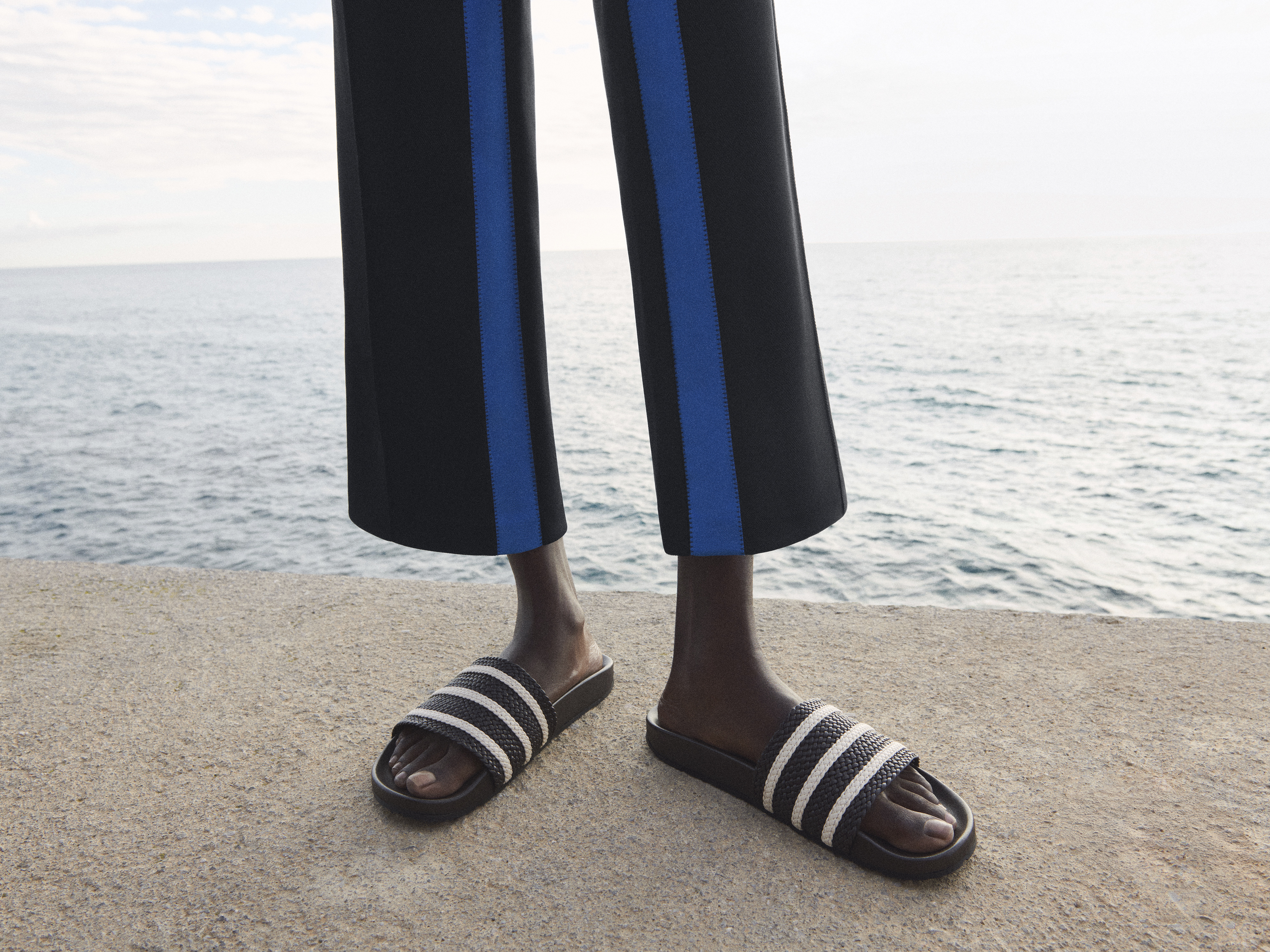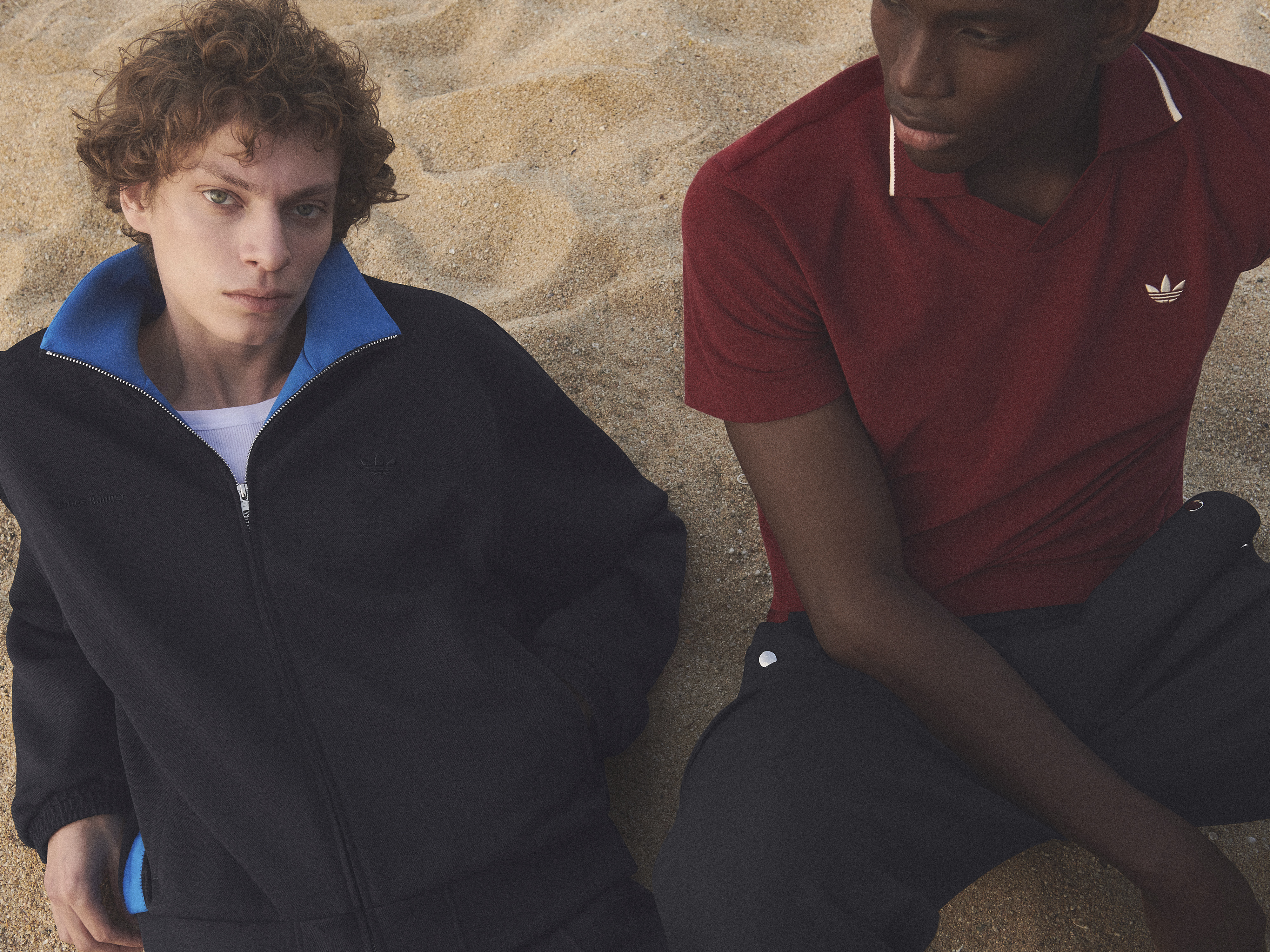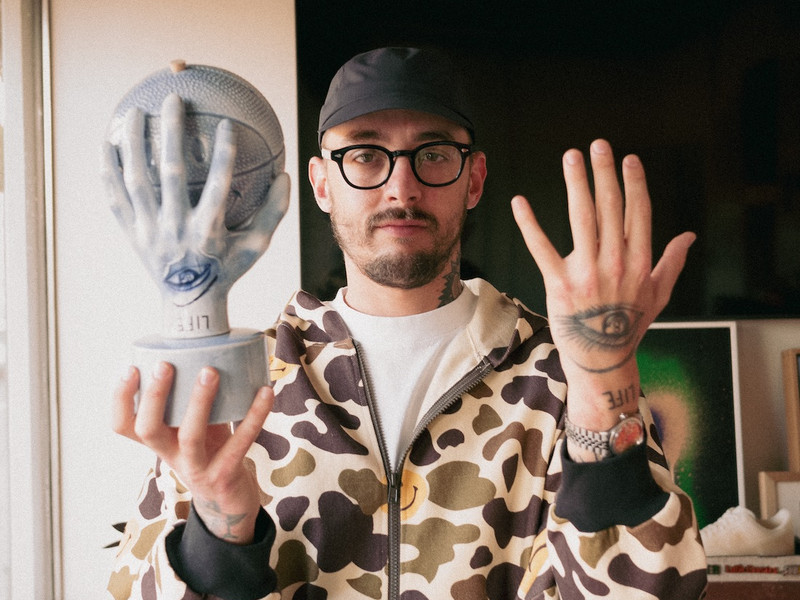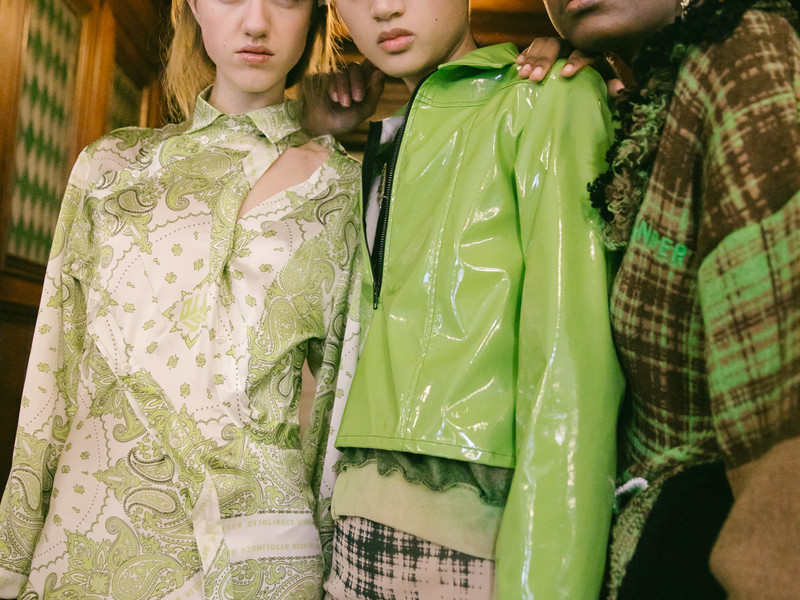From Bootleg to High End: The Evolution of Otaku Fashion
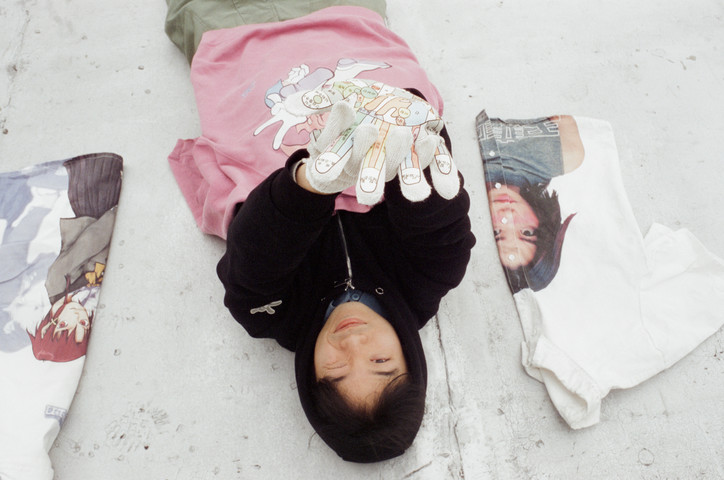
Now more than ever, otaku-inspired gear is making the leap from its original cheap bootleg connotations. It’s made the transition from shoddy merch being sold on murky websites and Lower East Side back alleys, to its current heights of being a respected (and prohibitively expensive) partnership between a brand and a mangaka. Although luxury designers from the West are eager to cash in on the elevation of the otaku, either because it’s viewed as a passing trend or a homage to East Asia’s growing presence in mainstream mass culture worldwide; designers like NYC-based, Korean-born designer Yumin Ha have been perfecting the art of unofficial anime merch long before it became the mode. Yumin began his design endeavors from the perspective of a true fan, who couldn’t seem to find good quality merch that didn’t cost a week's groceries.
We talked to Yumin Ha at his Chinatown studio, to hear a bit more about his journey from a pure otaku to a pop culture-minded designer. During our talk, Yumin paid tribute to the disparate influences throughout the universe of manga, video games, and East Asian cinema that have shaped him. Yumin is a perfect example of turning your passion into a viable business while staying true to what his teenage self would find cool.
Ora Margolis— Hey Yumin, thanks for chatting with us! Could you tell us a little about yourself and how your brand Yumin Ha came into being?
Yumin Ha— Hey, thanks for having me. My name is Yumin, I’m from Korea but I spent the vast majority of my childhood growing up in China. I started like many others — by printing t-shirts in my dorm room when I had just moved to NYC.
It all began when I found out about Issey Miyake x Takashi Murakami’s collection under the great Naoki Takizawa’s direction. The same goes with the Yohji Yamamoto x Ishinomori Shotaro collaborations, COSPA x beauty:beast, and so on. I immediately had the urge to replicate them — and when I did see some of them in person, I was shocked to see it the collabs were good as I had envisioned them to be in my mind for so long, only to realize it had been done much better 2-3 decades ago. I want my work to bring back the strength of those designs for a new generation.
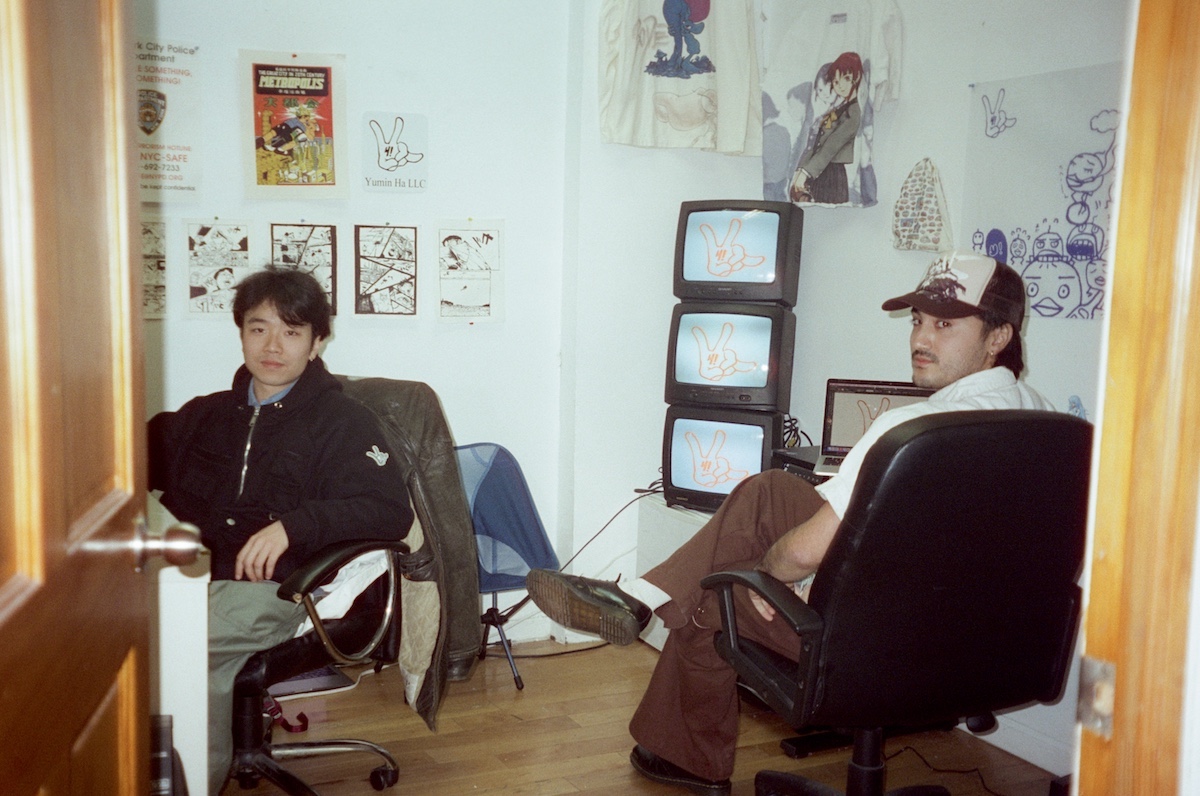
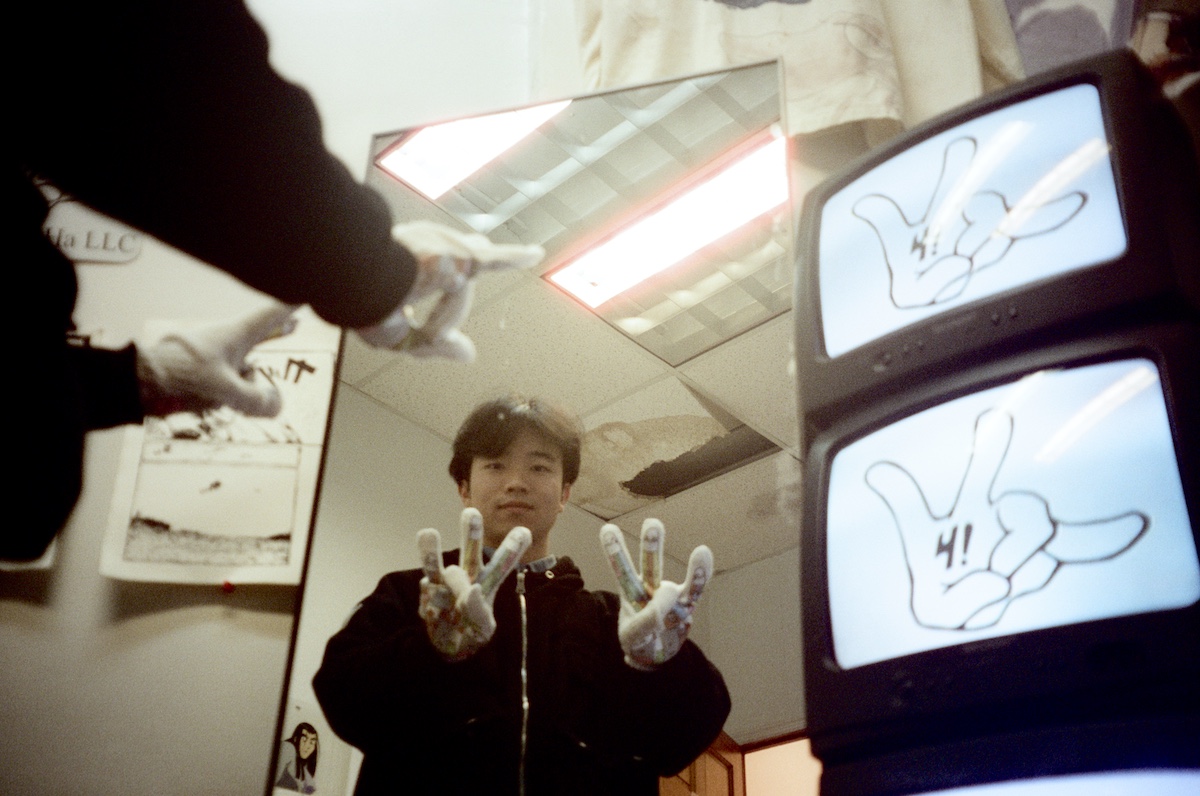
OM— Your brand has been described as “otaku-core” by some, due to the anime, manga, and East Asian pop culture references you infuse in your designs. In your own words, what is an “otaku”?
YH— An otaku for me, is someone who is deeply passionate about a subculture. That’s all it is — but for many, it comes with a fairly negative connotation of obsessiveness. Not to say that an otaku should radiate that type of energy … but it’s usually the case that love for these art forms usually becomes a perverse fascination that otaku like myself have.
Being an otaku is what allows me to discern and make design choices when printing or designing garments. The knowledge I gained over the years by reading my father’s manga collection allows me to conjure up designs that I don’t think would have been possible without being an otaku.
OM— If you were to drop the word otaku anytime before the last three years, the idea of a socially awkward weirdo would probably come to mind. But now people embrace that label, how did this shift come about?
YH— Within the past decade, the general perception of anime for people changed, where the “outsider” connotation is almost non-existent at this point. That’s probably due to a lot of reasons, but mostly because anime has become much more accessible. This “shift” in attitude towards anime and manga, luckily for me, has worked in my favor. I’m very thankful for the fact that I can blabber about whichever manga I’m obsessed about without being (hopefully) too otaku about it.
I think the biggest shift for me was that just as I started printing these bootleg “non-existent” products in 2017, and at the same time so did the rest of the fashion industry. I think nowadays it is very common for conglomerates and giants in the fashion industry to take an anime IP and slap it on their products.
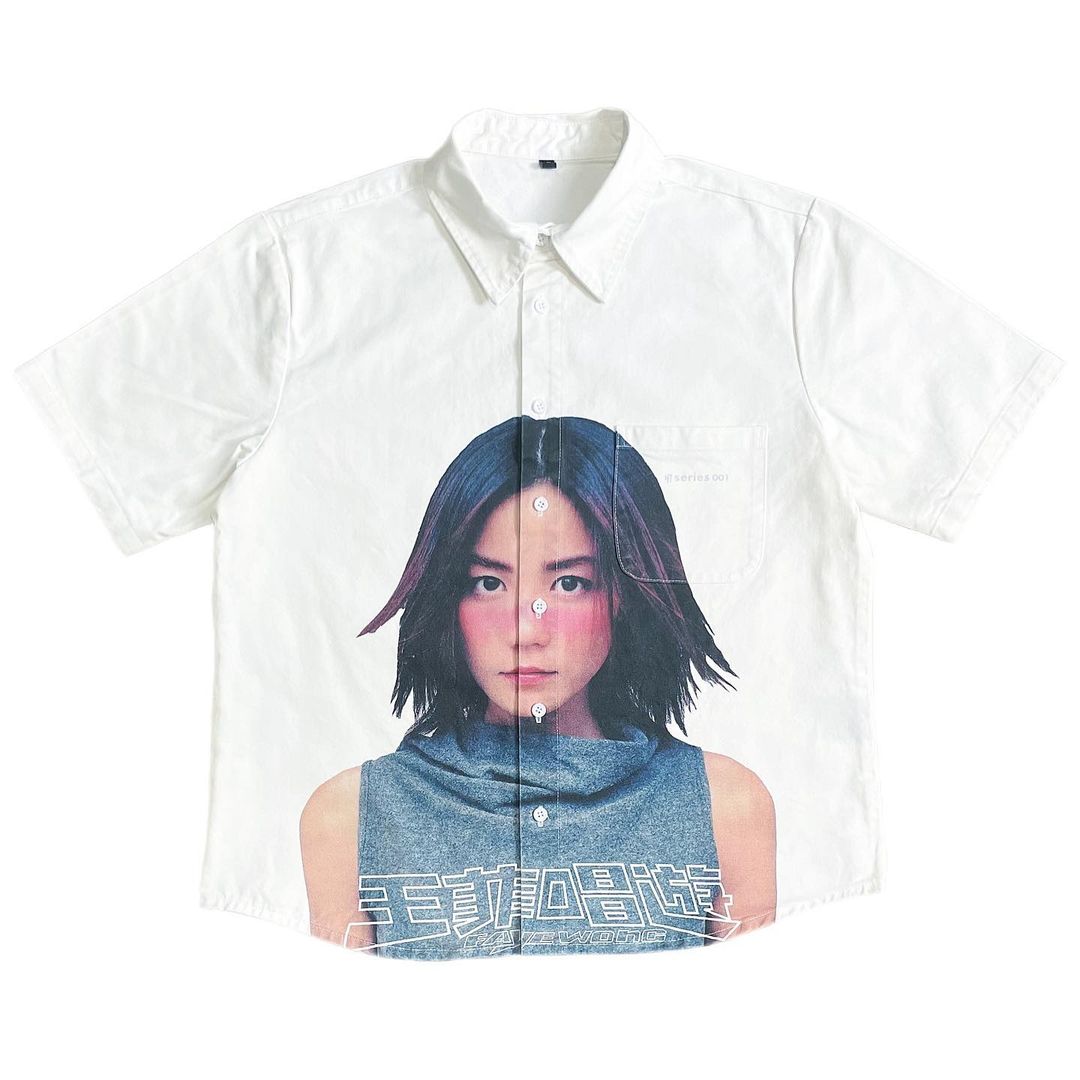

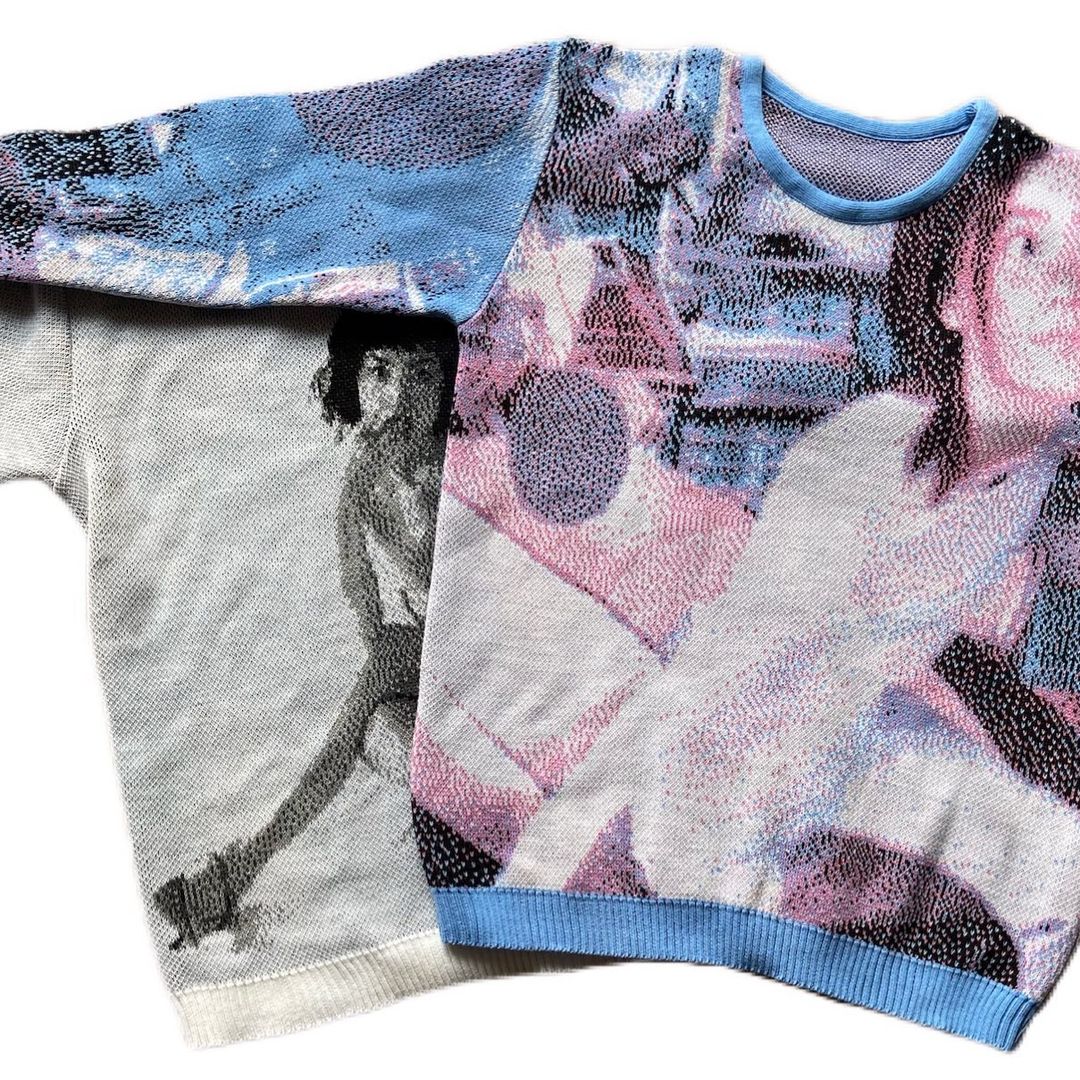
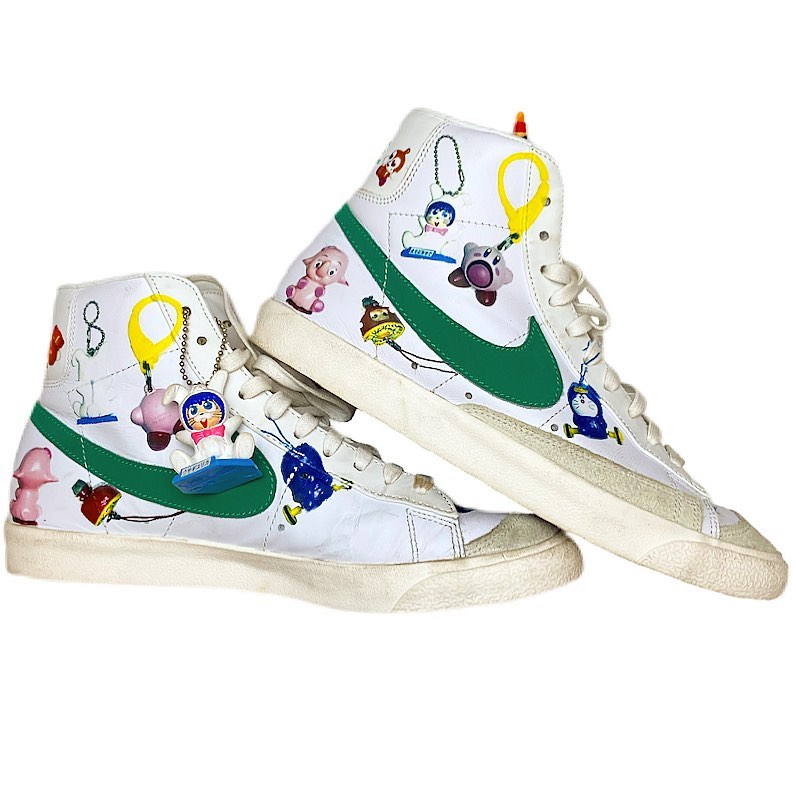
OM— Many designers have been inspired and even devoted entire collections to their favorite manga/anime series; why do you think fashion and manga have such a close relationship?
YH— To go back to Yohji’s knitwear that incorporates Ishinomori Shotaro’s collection, I think it becomes fairly evident that certain chapter panels/illustrations just work perfectly when printed onto garments. I think seeing a print on someone versus seeing it in manga form/on screen, in general, is a very different experience. Sometimes the difference in size, color, and print technique actually brings forth the strengths of an illustration that is quite limited in it’s “original” manga form. In some ways, fashion simply takes the artistry found in manga to a different dimension.
OM— Your designs, flip the idea of unauthorized “bootleg” merch being a mere cheap copy by making your designs thoughtful/high quality. What was your thought process behind leveling up the idea of bootleg fan merch?
YH— Back when I first started buying and selling a lot of anime merchandise, I noticed that the ones that were truly up there in quality were already so coveted that the prices didn’t seem reasonable to me. I wanted to be able to wear my favorite anime character shirt, without having to drop $500 on it. That was my initial thought process behind printing a couple of shirts for my friends. Ultimately I want to provide something more for people who demand a higher level of detail and quality in anime merchandise.
OM— Your studio and home are located in the heart of Chinatown, a neighborhood that’s influenced a lot of your creative work. How do you feel about the recent change/ gentrification that the neighborhood has gone through? Does that affect the area’s creative spirit at all?
YH— Although I am Korean, having spent most of my childhood in China I think I’m very fortunate to be able to have made close connections with the community around me. Alice, who is my broker/neighbor, literally got me this office that’s right in front of where I live. And to see all these Cantonese/Fujianese grandpas and grandmas wear the most obscure combination of clothes always inspires me to create something that would look almost — natural; which arises from the eclectic combination of multiple articles of clothing stacked on top of one another. It’s always a pleasure to see a Cantonese chef with a cig in his mouth, with a Yankees cap completely dripped out, in some bootleg puffer and wide khakis.
OM— What anime and manga are you currently into?
YH— Just finished Kokou no Hito and it was solid. Since I was kid, I’ve been influenced mostly by works in my father’s manga collection, I’ve always been a big fan of Giant Robo OVA, Yotsuba, Gash, 20th Century Boys, H2, Ping Pong, Phoenix … endless — really.
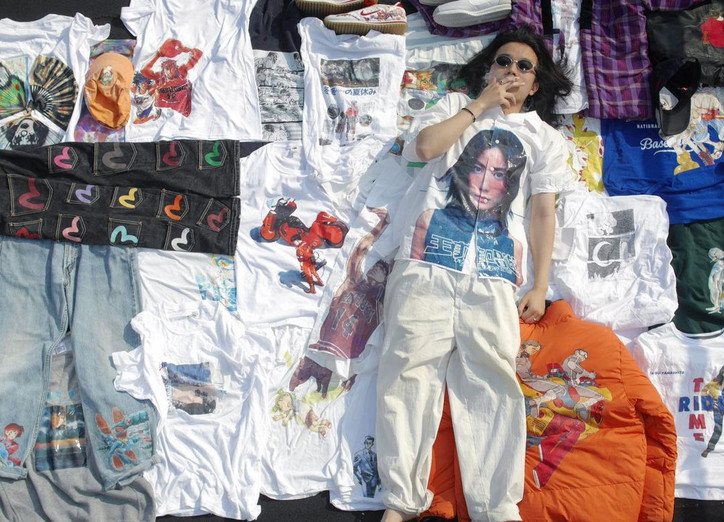
OM— What makes you happy?
YH— Making funny t-shirts. Taiwanese New Wave and HK action films. Rereading/watching One Piece.
OM— What’s your advice for young designers thinking of starting their own brand?
YH— Make what you think is cool.
OM— Are there any artists/designers you want to collaborate with in the future?
YH— I was lucky enough to have collaborated with multiple artists and brands along the way … I really hope I can design for some of Kaikai Kiki’s artists as part of an official collaboration.
OM— What’s the future of Yumin Ha looking like, is there anything you’re excited about on the horizon?
YH— Yes — we have tons of winter gear coming at the end of the year: puffers, balaclavas, windbreakers — and very exciting official collaborations with artists from China, Korea, US, and many more. I can’t wait to share what I have lined up.

